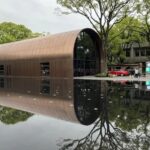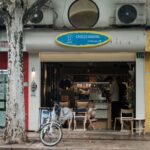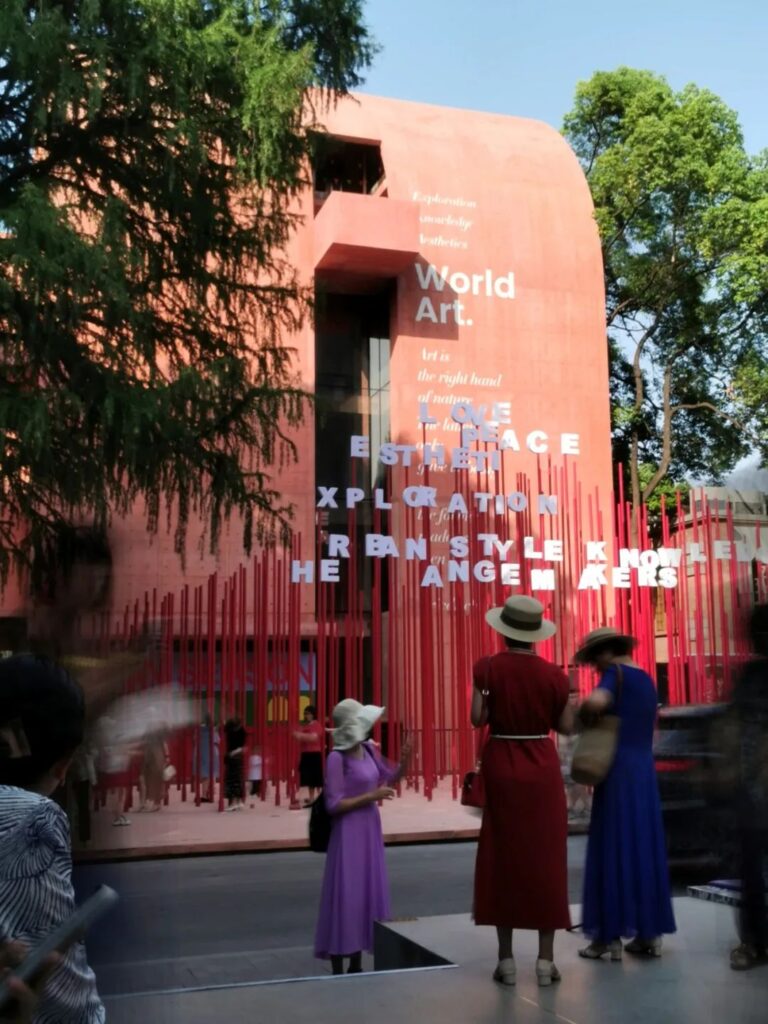
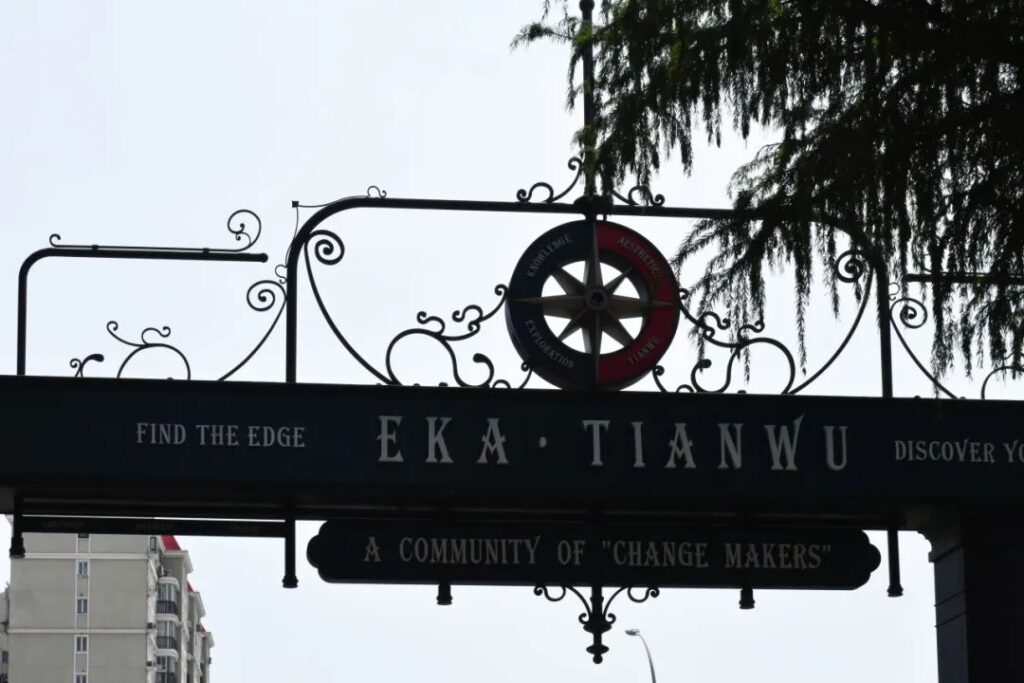
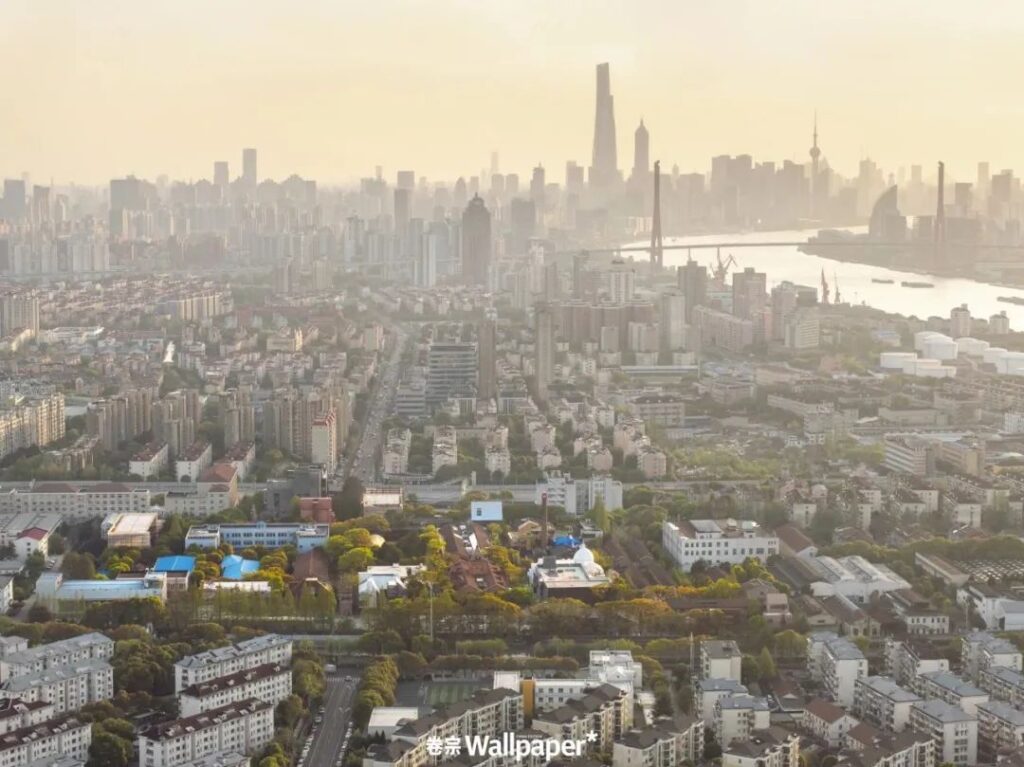
During my last visit to Shanghai Book City, I learned about the architect Yu Ting, who designed not only the bookstore but also other notable projects in Shanghai such as Xuhui Library, the Copper Castle at EKA·Tianwu, and Qingqiu Baiya. The Copper Castle, in particular, frequently appeared on social media last year, piquing my interest. While I’m not an architecture expert, I find myself drawn to beautiful creations. This curiosity extended to the architectural aesthetics of the One Foot Garden Jinqiao store, prompting me to explore further.
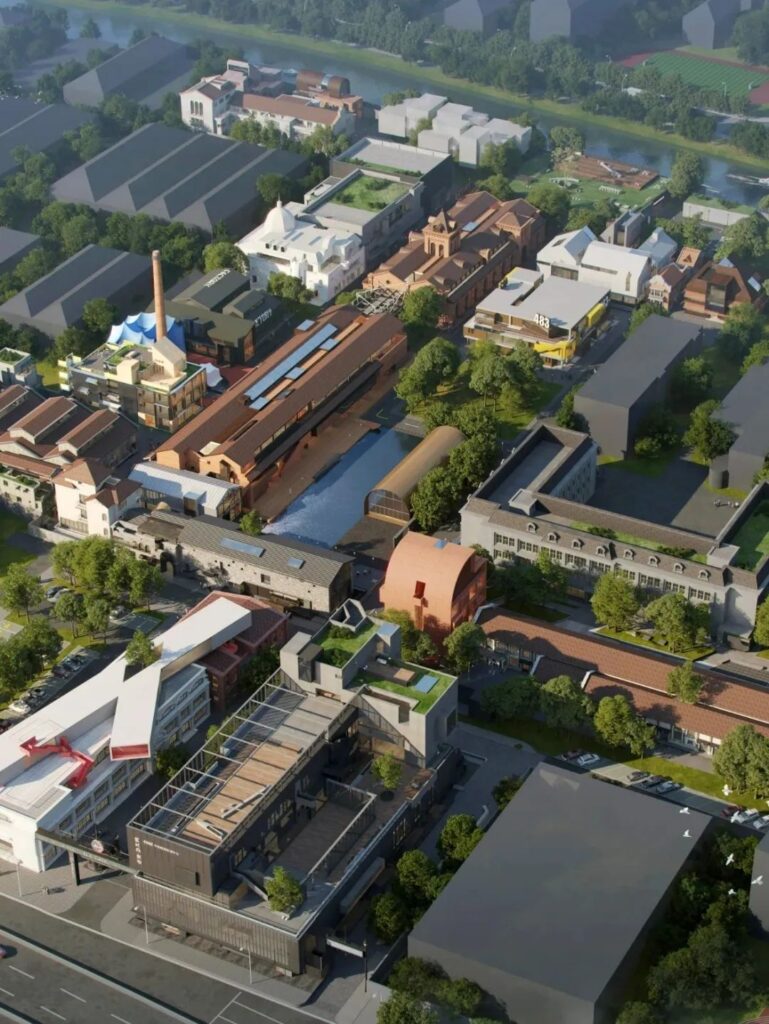
EKA·Tianwu Art and Creative Park was originally the “Shanghai Navigation Instrument Factory.” The name “Tianwu” comes from the phrase “Tiangong Kaiwu” (The Exploitation of the Works of Nature). “EKA” is derived from Sanskrit, meaning “unknown element,” and embodies a new positioning that encompasses Exploration, Knowledge, and Aesthetics.
Spanning approximately 100 mu (about 16.5 acres), EKA·Tianwu Art and Creative Park has been transformed from the former “Shanghai Navigation Instrument Factory” into a brand-new artistic space.
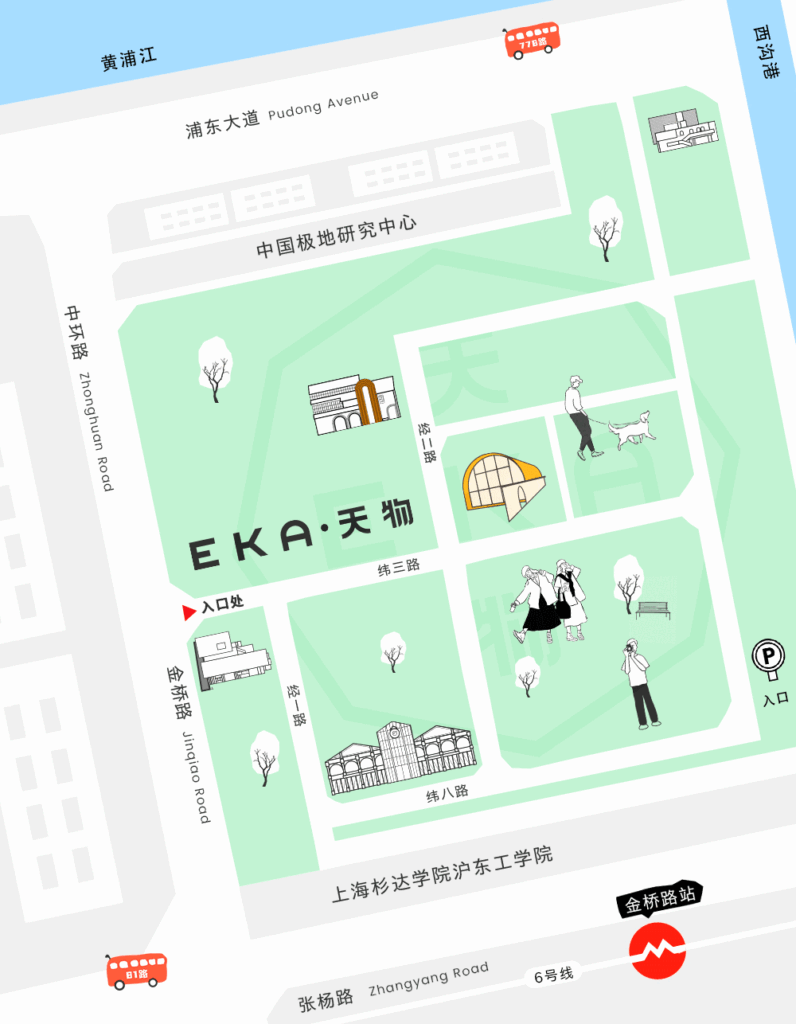
Located in the Jinqiao area of Shanghai’s Pudong district, it’s less than a kilometer from Jinqiao Road Station on Metro Line 6. The surrounding area includes high-end residential communities like Biyun and Lianyang, and is adjacent to Shanghai Maritime University and China Europe International Business School. While the area has a rich living atmosphere, it lacked a cultural district that combined artistic and humanistic attributes with the unique blend of old and new memories. EKA·Tianwu aims to be a crucial puzzle piece, completing the urban landscape of the surrounding area.

Standing at the intersection, I pondered: From the perspective of the main entrance, EKA·Tianwu doesn’t have a significant advantage. It’s next to the Middle Ring Road, which doesn’t provide the best walking experience. If you’re not driving, it’s not very convenient to get here, and parking can be an issue. So, beyond the 30 uniquely designed buildings, what else makes this place attractive?
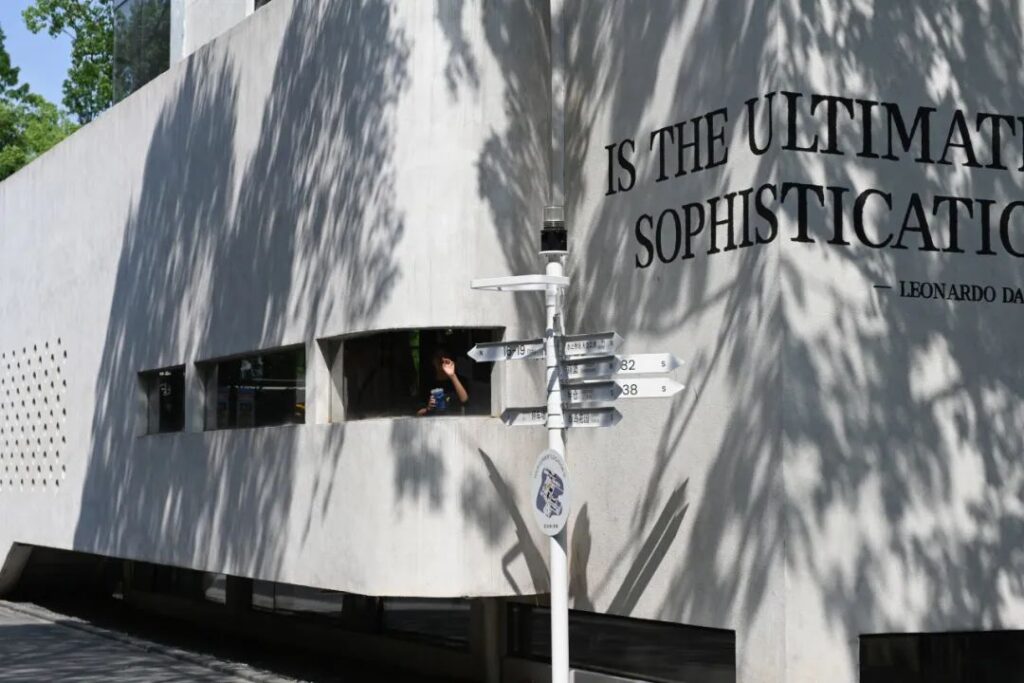
Light
Under the light, the textures of the buildings, the hidden details left by designers, and the sense of history and antiquity emanating from the preserved structures all leave a lasting impression. The posture of the retained old trees is particularly striking.

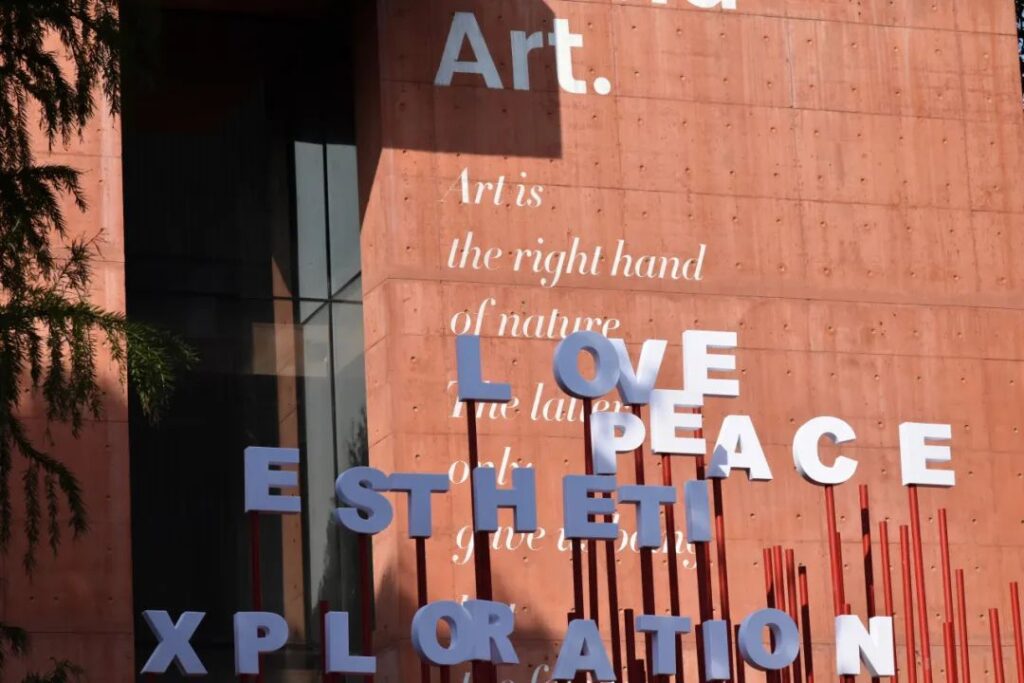
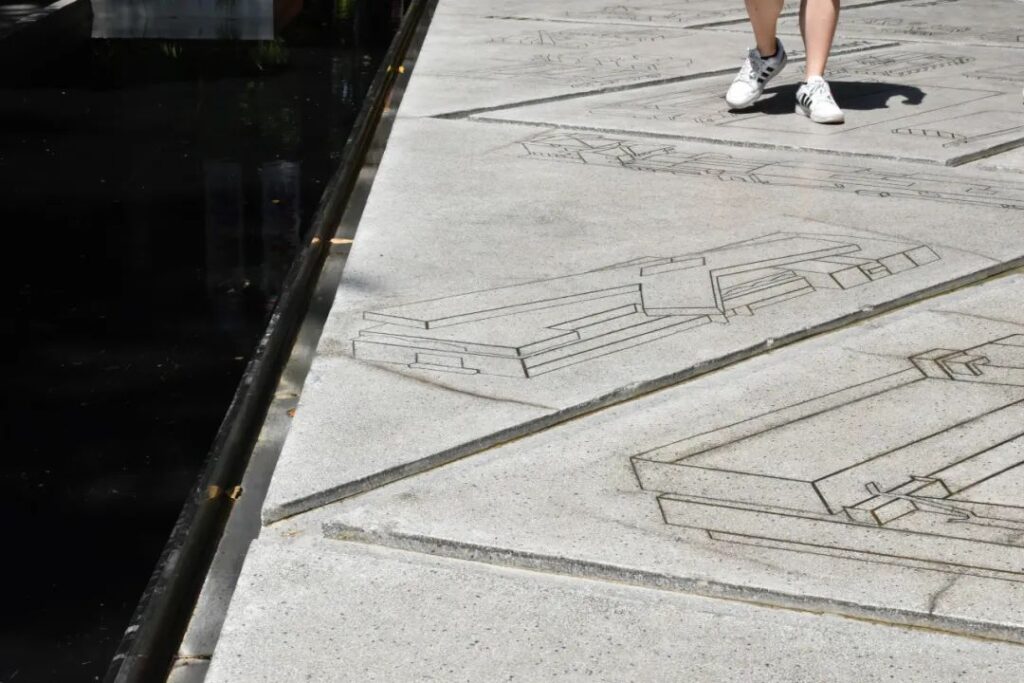
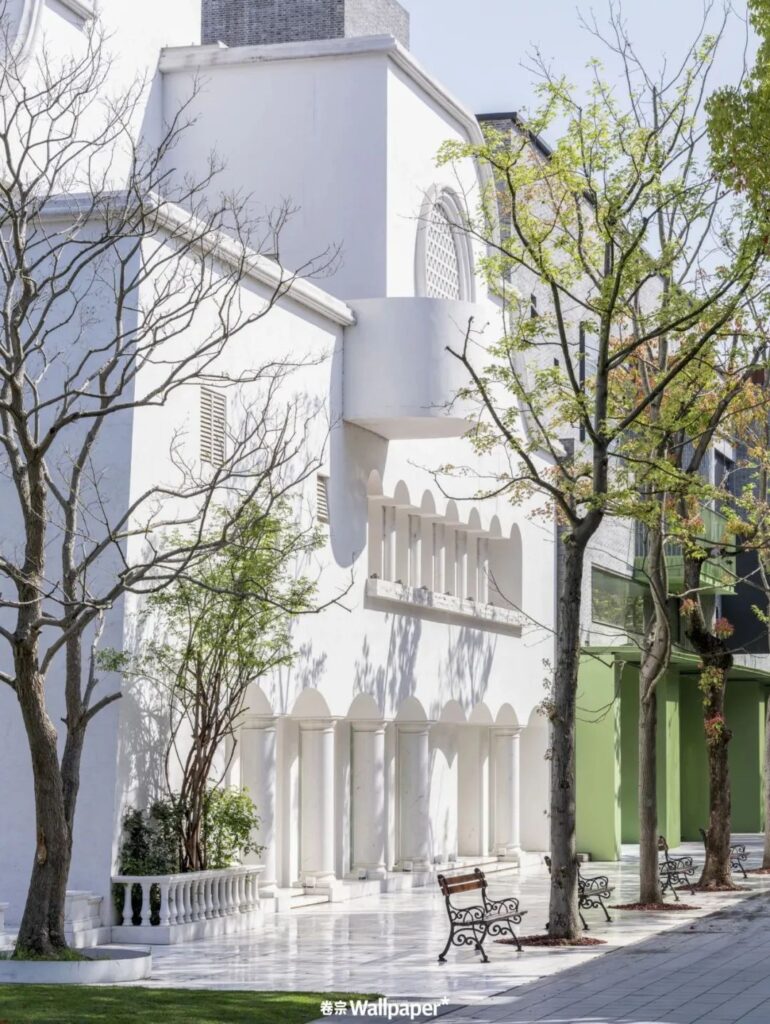
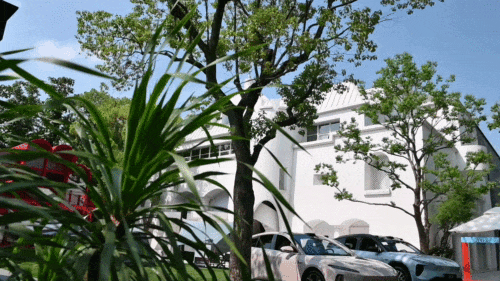
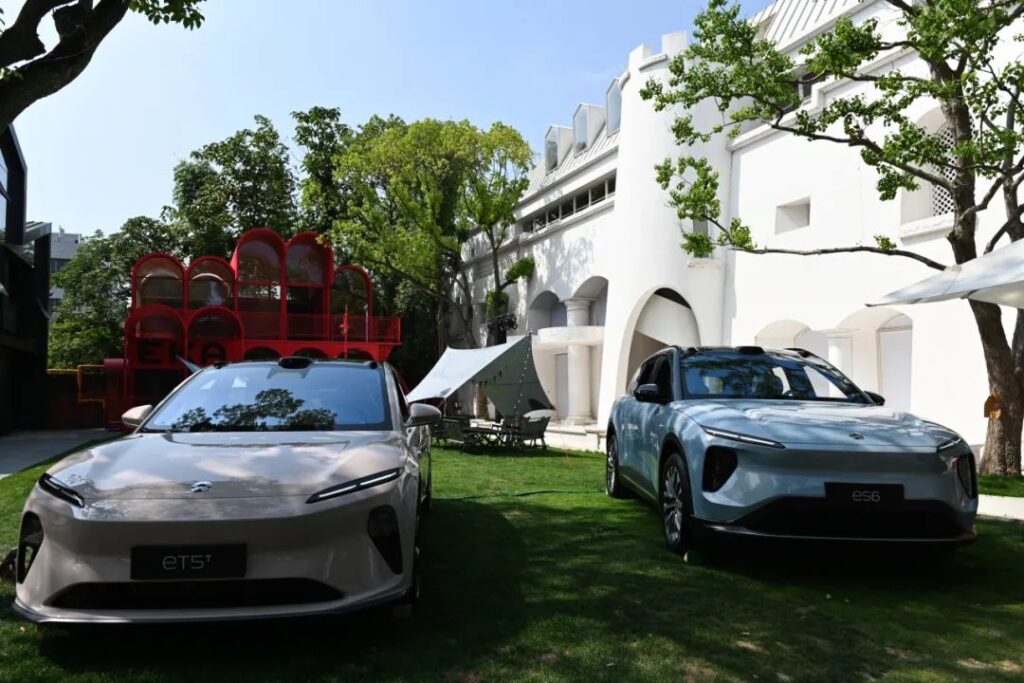
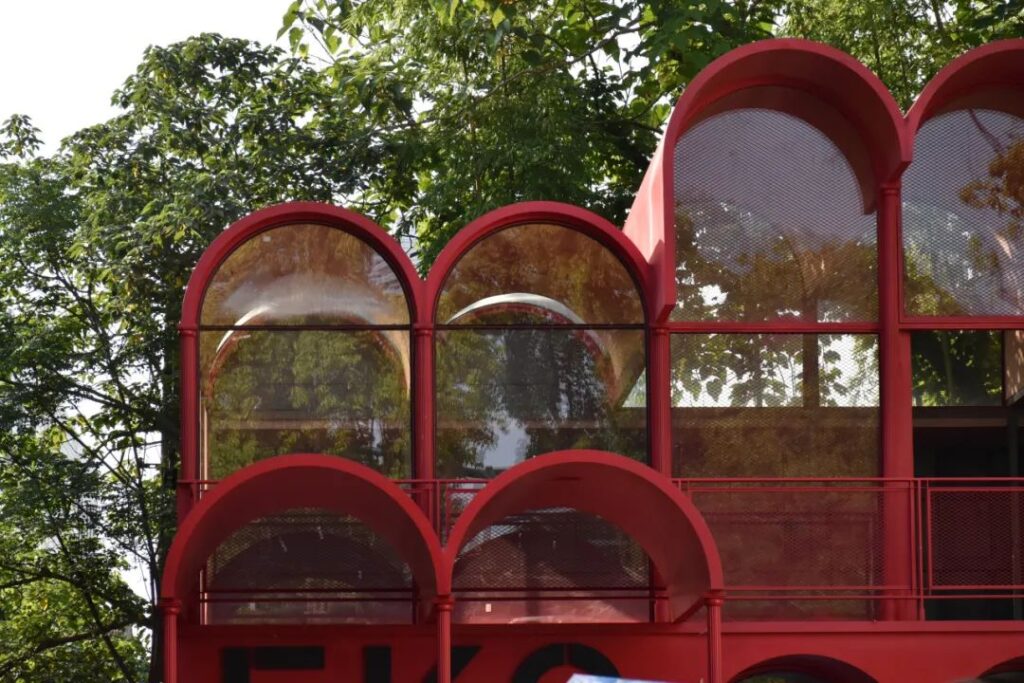
Here, the interplay of old and new unfolds,Becoming the main character in a shifting narrative,A contrast of red and white,An intersection of light and shadow.

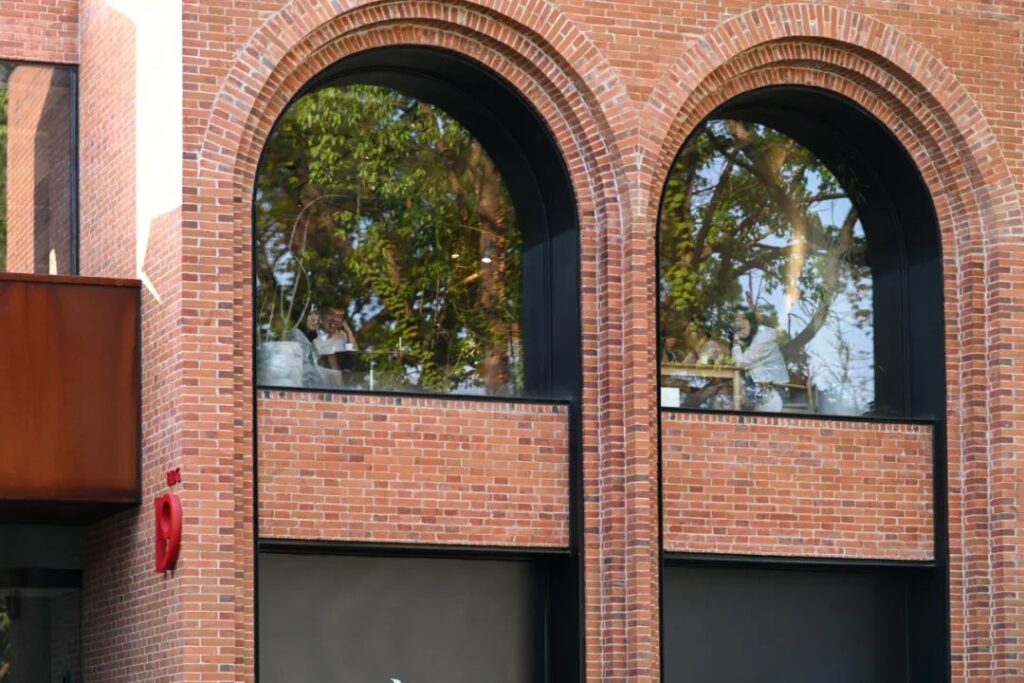
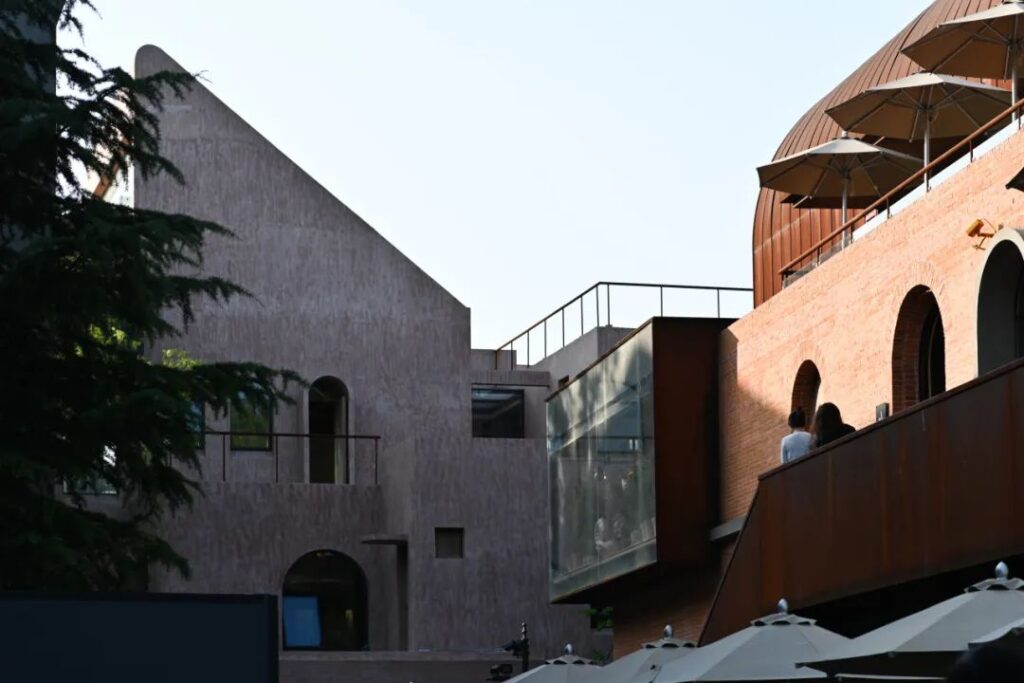
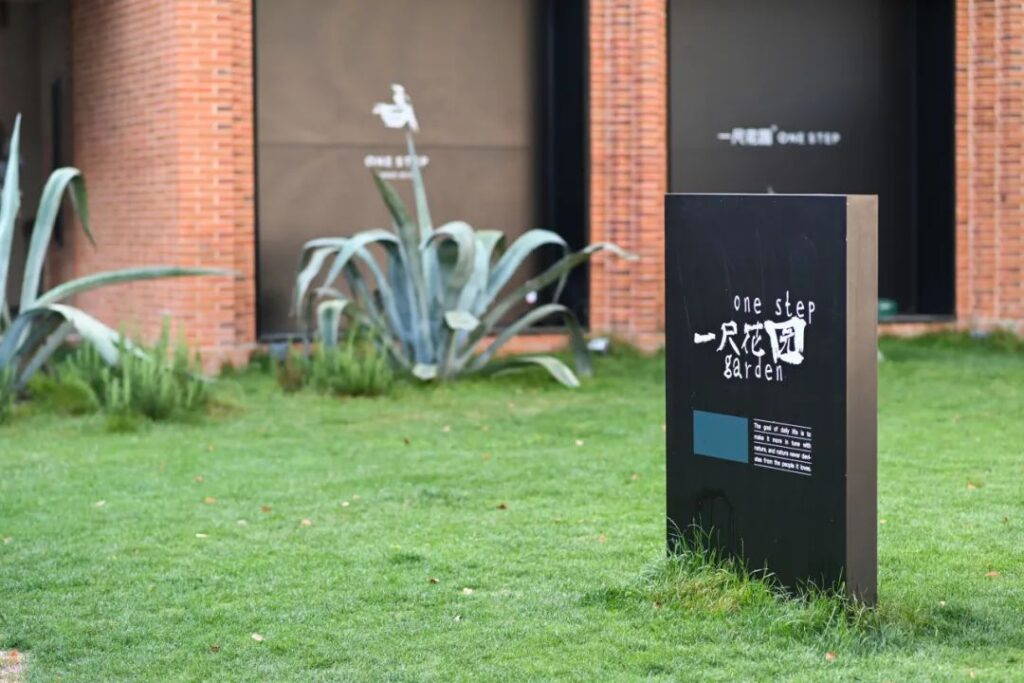
Having visited the “Tao Family House” and “Dishui Lake” branches of One Foot Garden, I’ve developed a fondness for this brand. First and foremost, they possess a keen business acumen and an excellent eye for locations. From traditional Chinese houses to futuristic tech-inspired spaces and modern urban settings, they can adapt to various styles. Moreover, their aesthetic sensibility is consistently on point, with each “store” being a work of art in itself. Sometimes I find myself wishing I could own such a store.
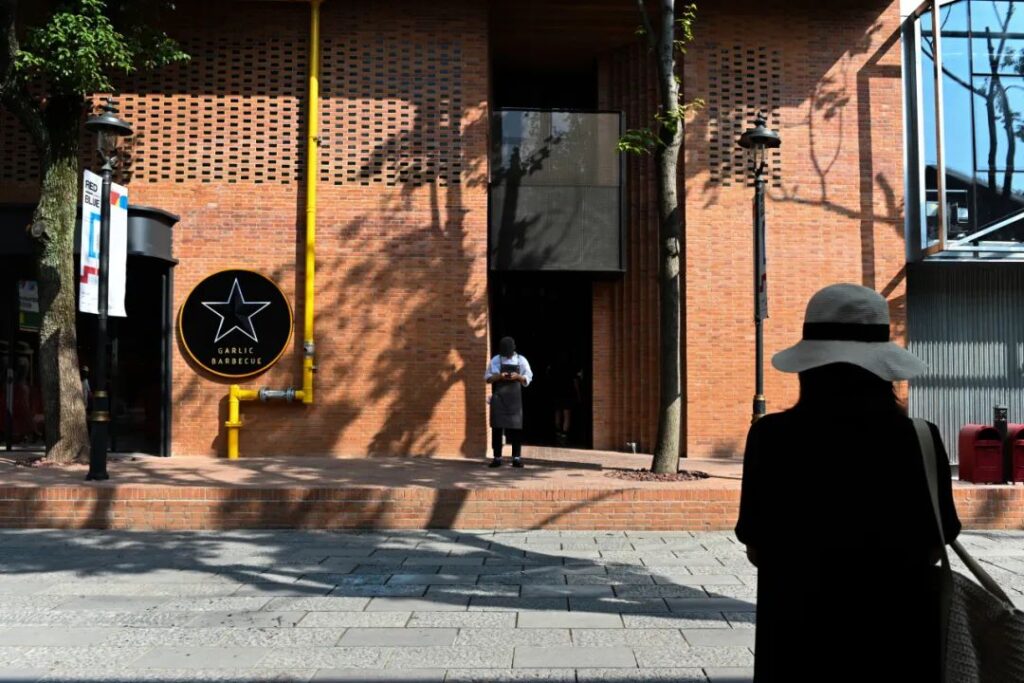
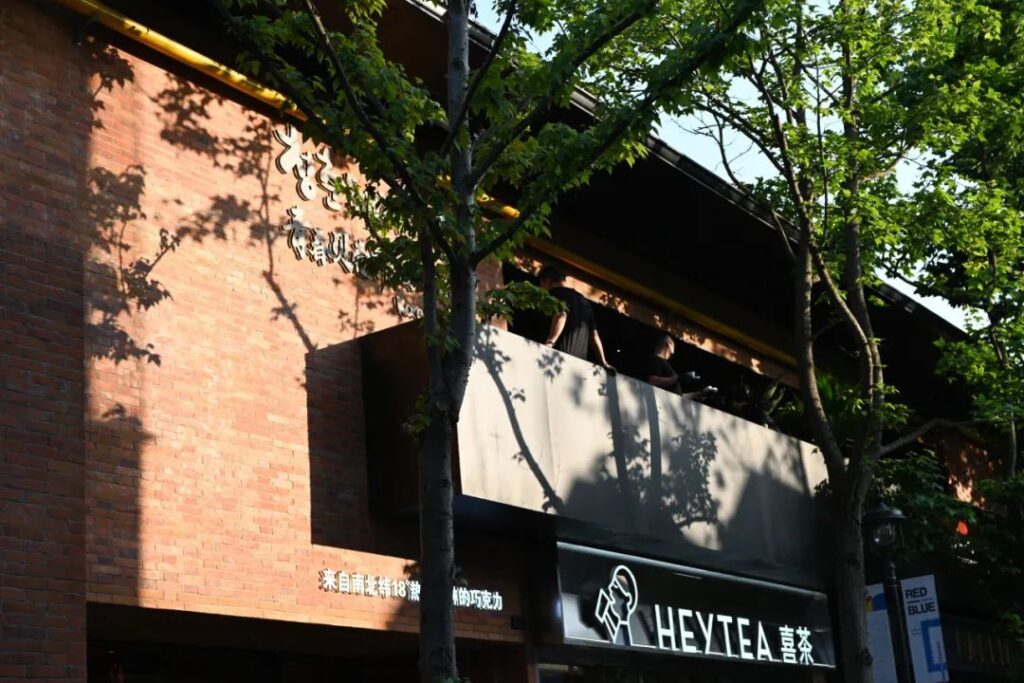

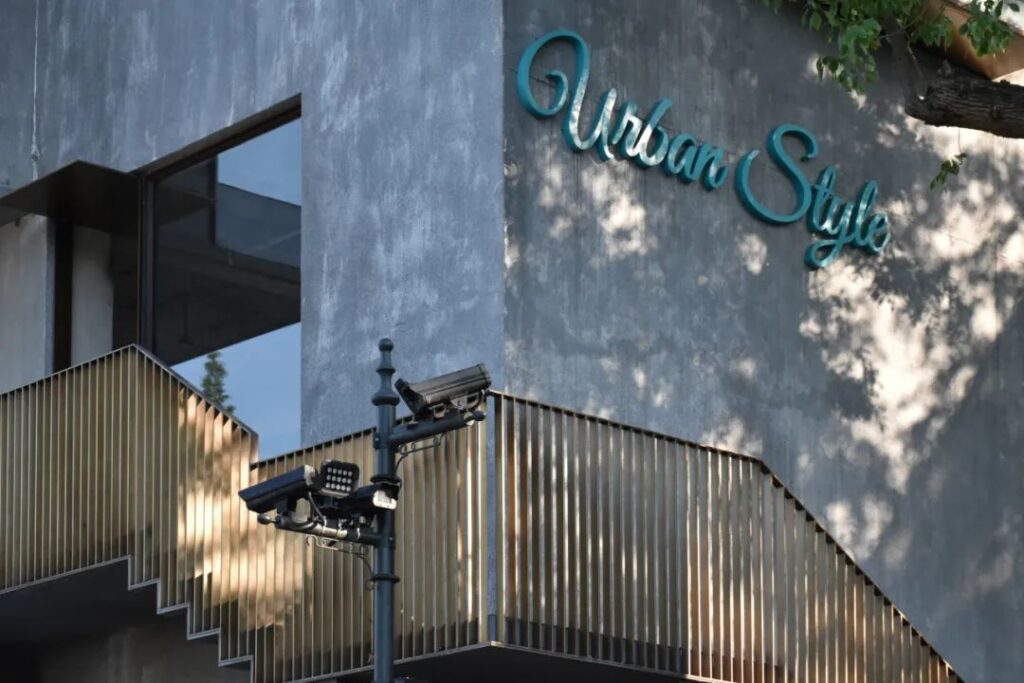
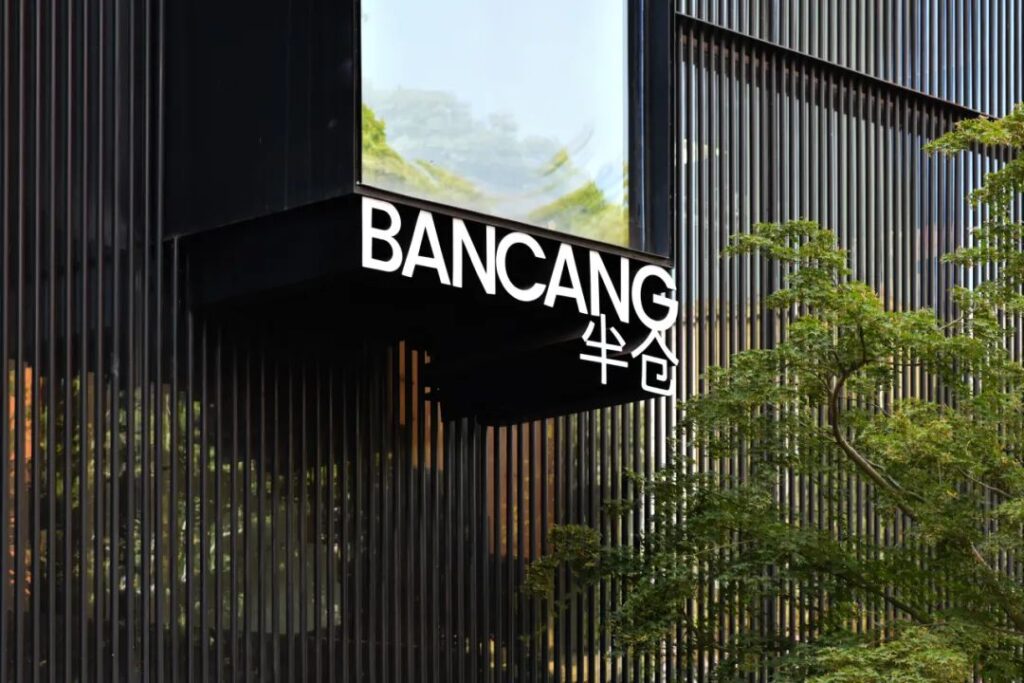
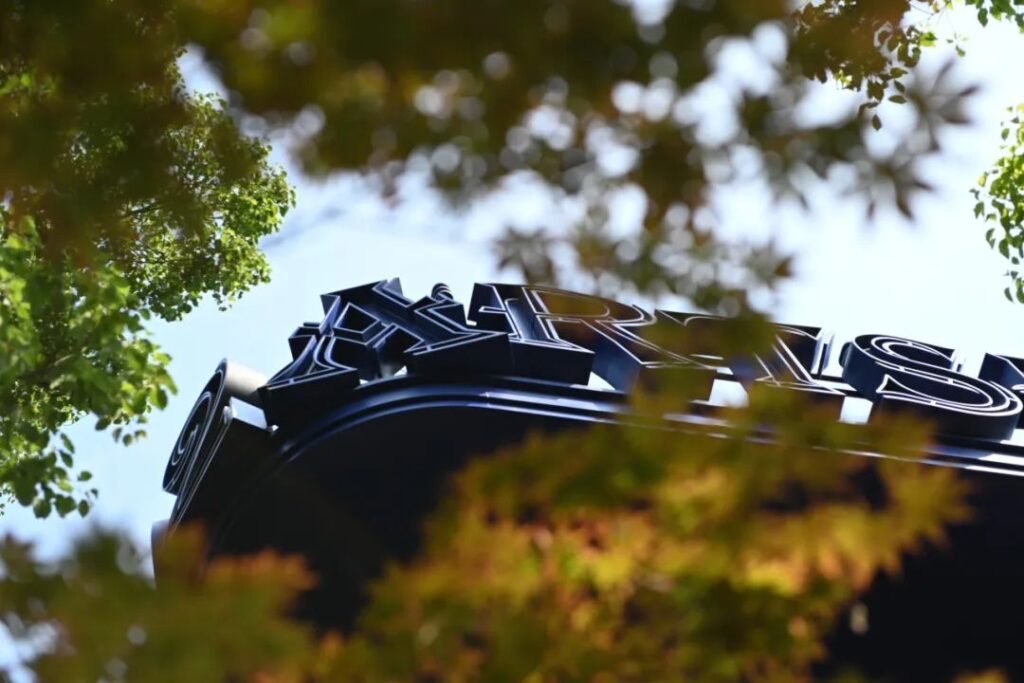
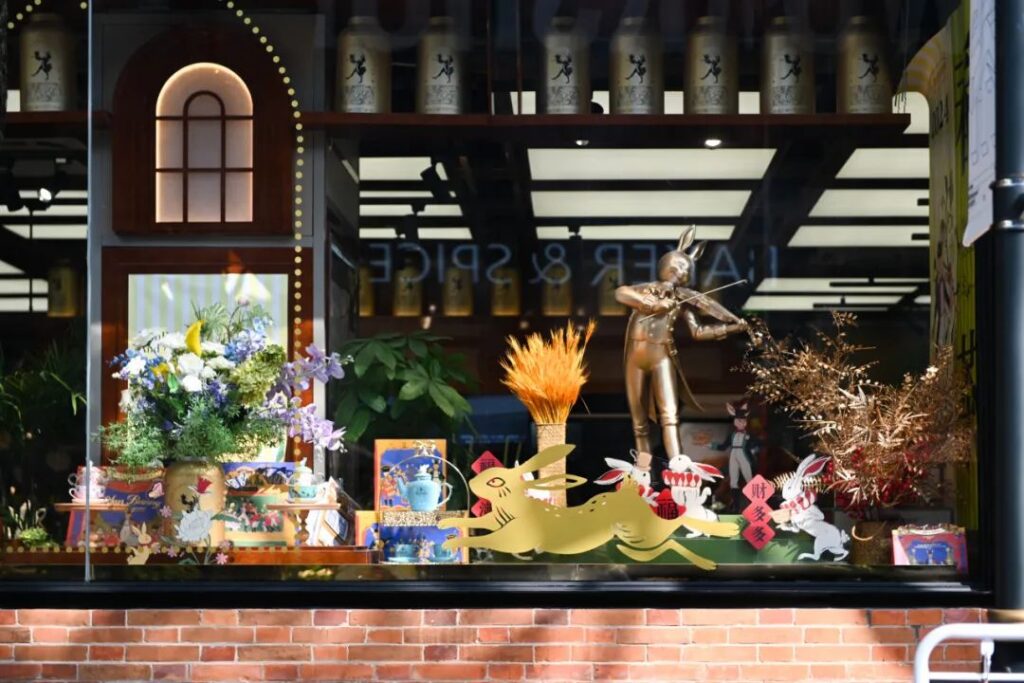
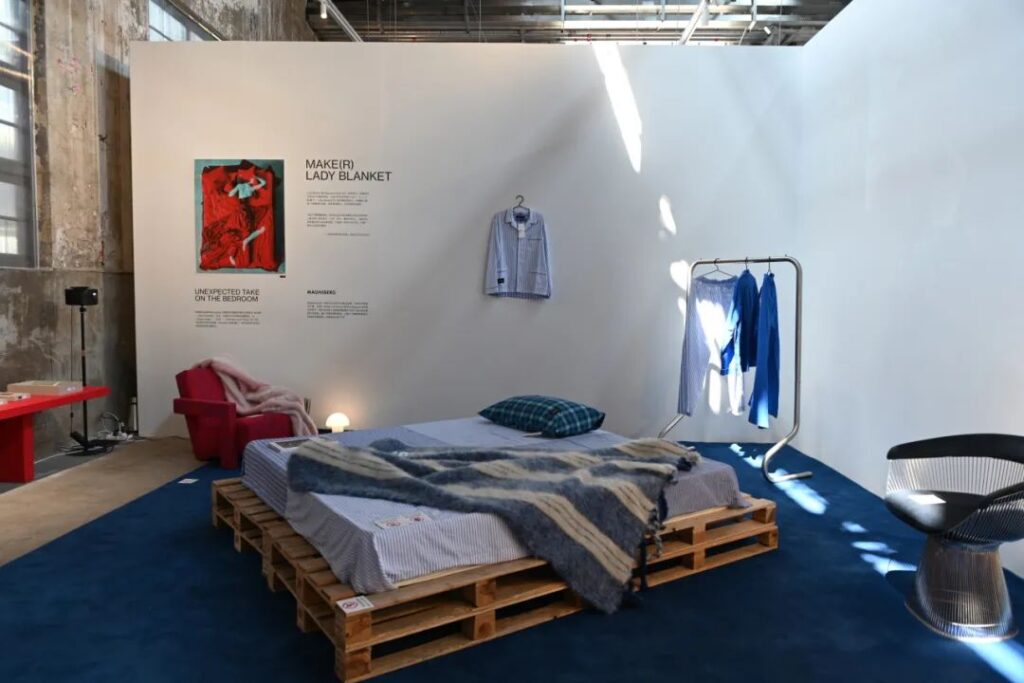

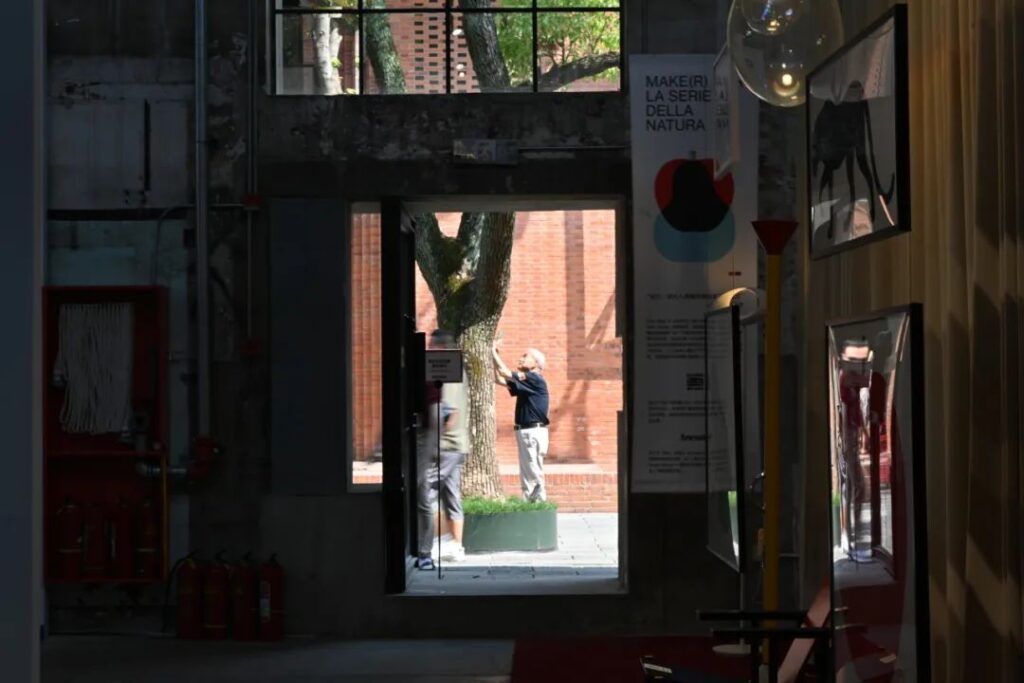
At times, I’m particularly drawn to light. It’s like a seasoning that adds flavor to our world, making it more vibrant and our photographs more vivid. It’s light that infuses our ordinary lives with power and inspires our yearning for a beautiful life.

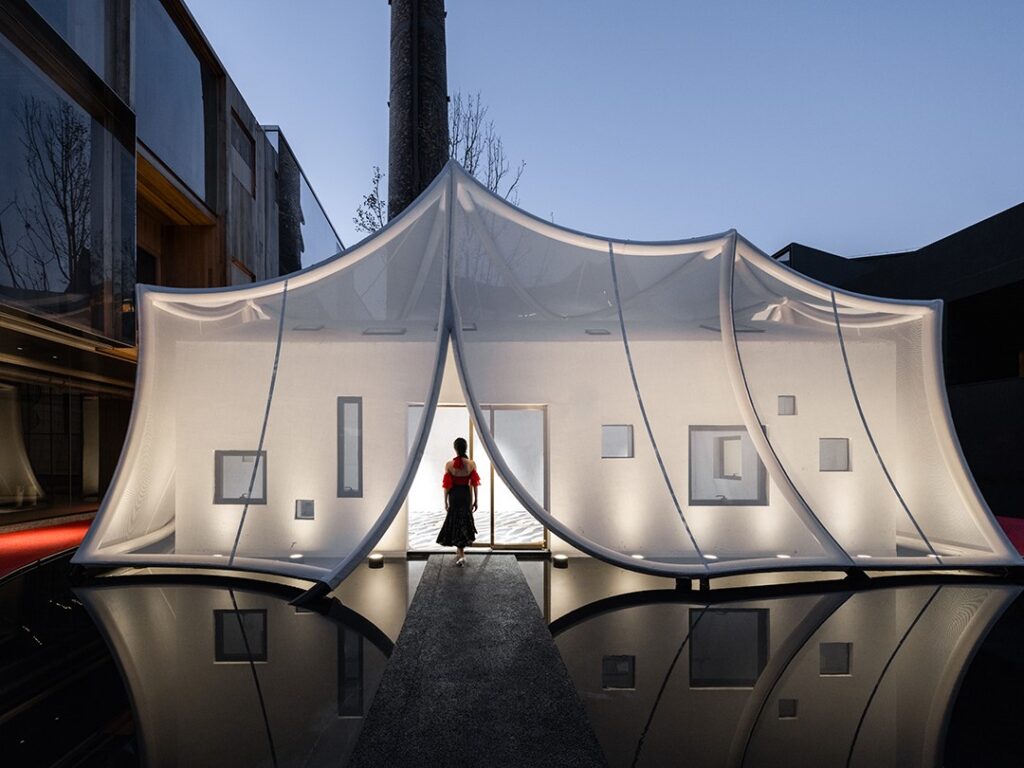

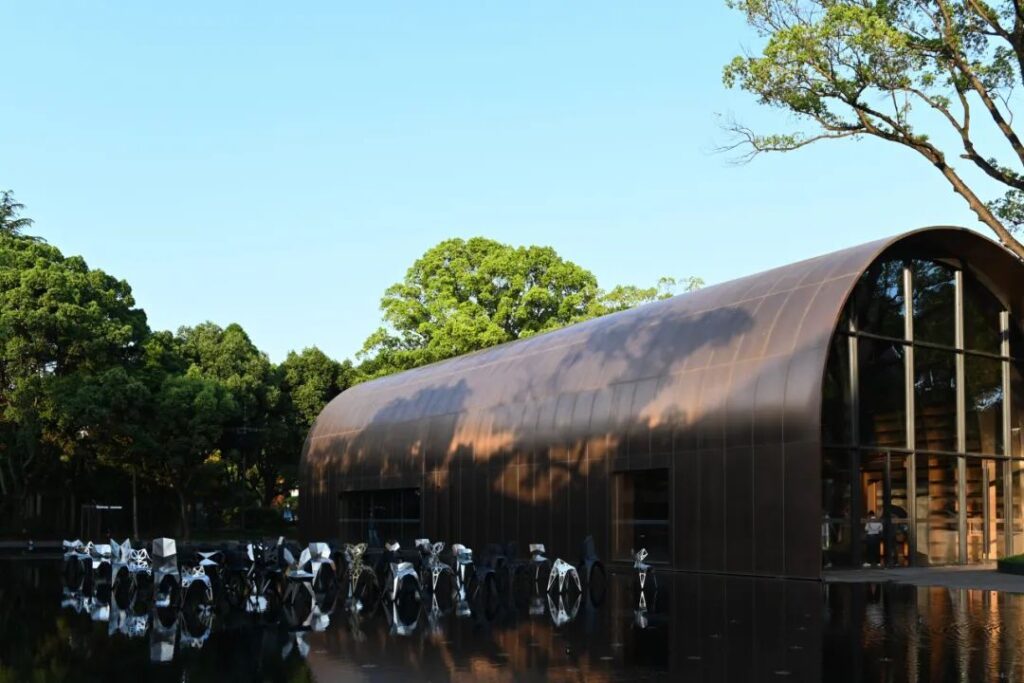
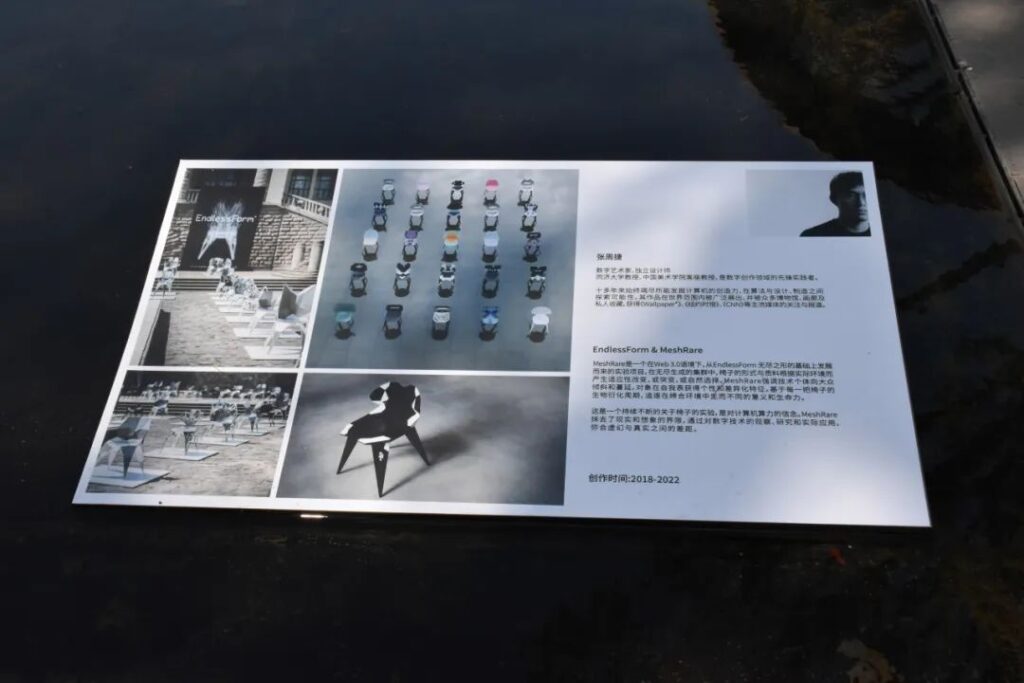
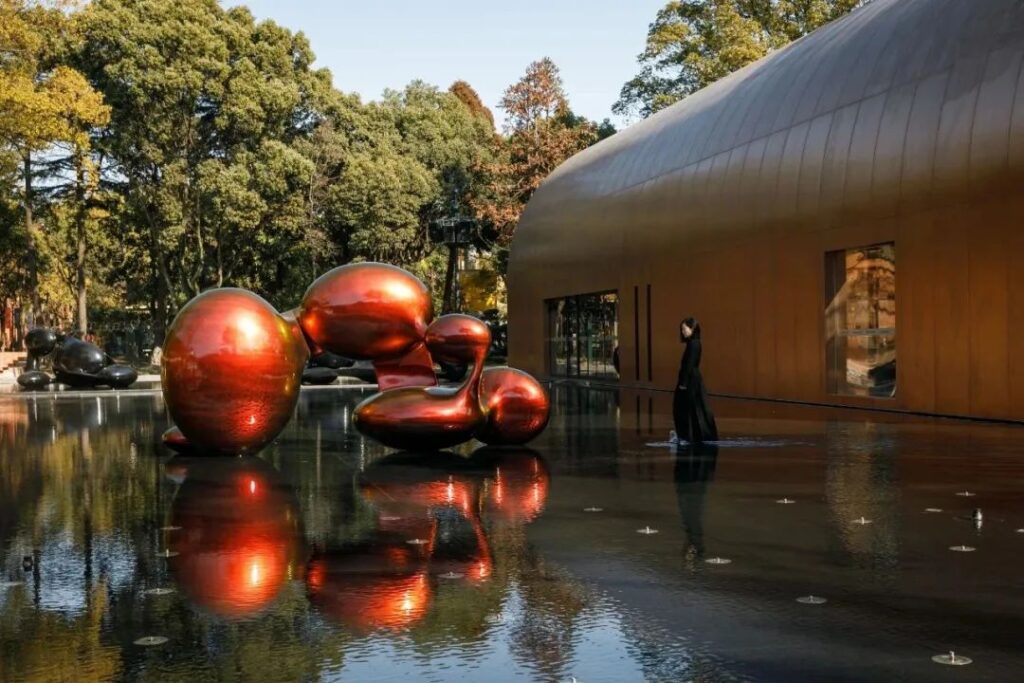

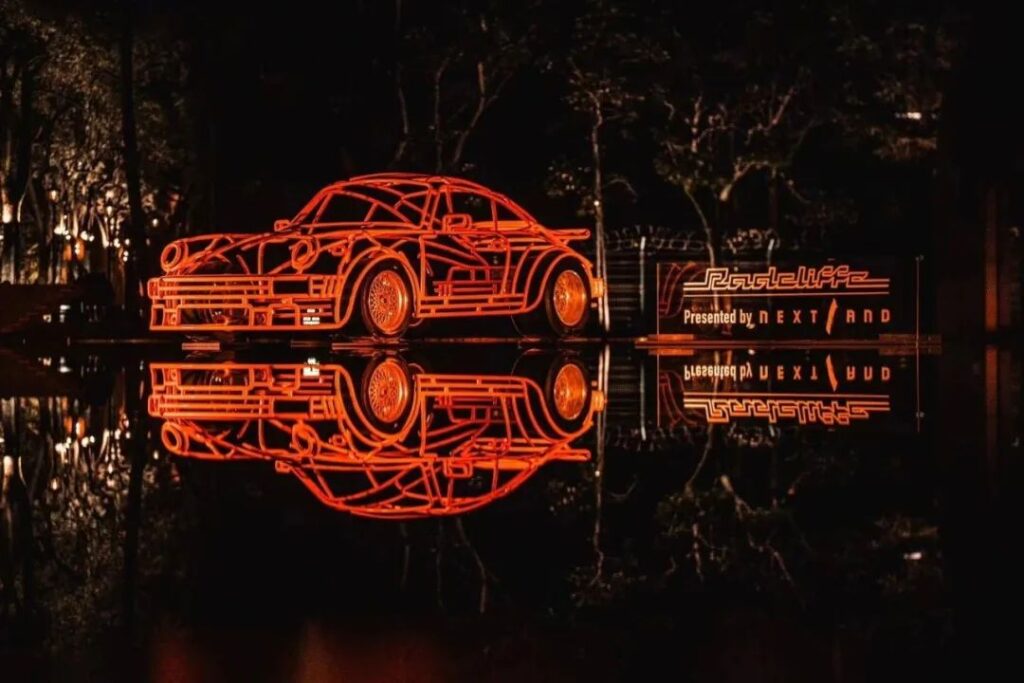
Different scenes and stories unfold here, with the reflective water surface serving as both a mirror and a stage.

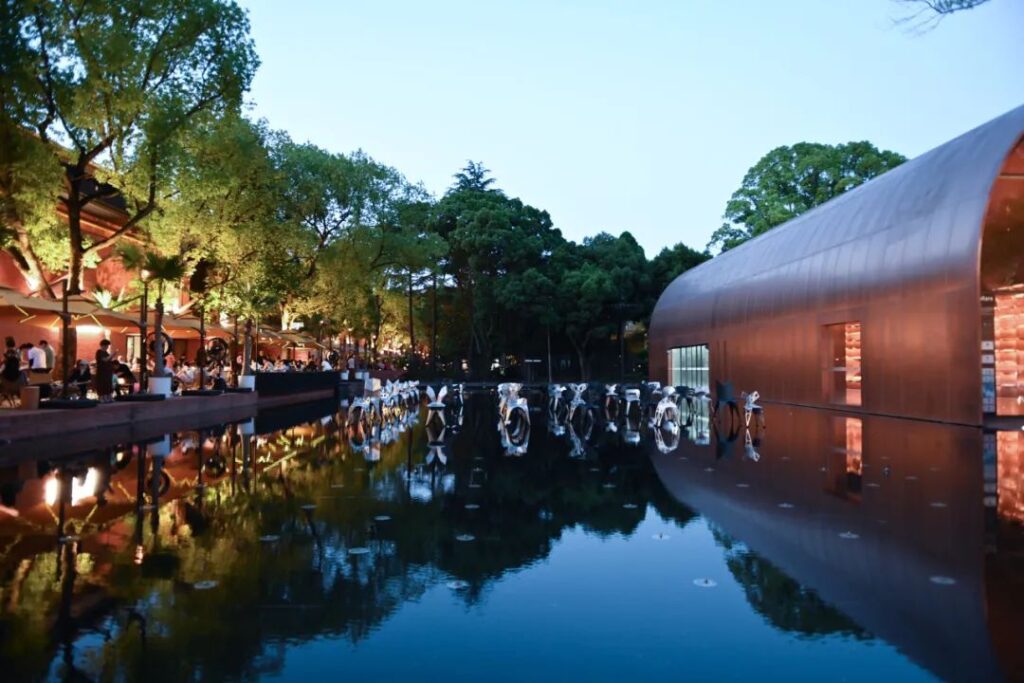

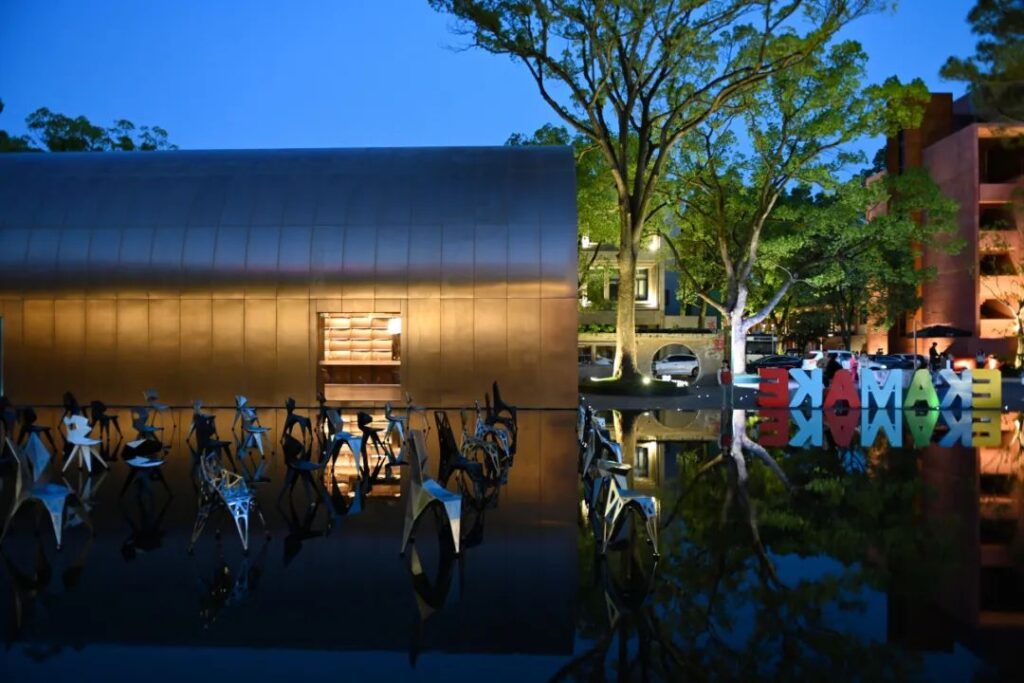
People
People are the main characters in this setting. It’s the diverse flow of individuals that brings unique changes to Tianwu, enriching the visual landscape. The act of observing and being observed is itself a spectacle.
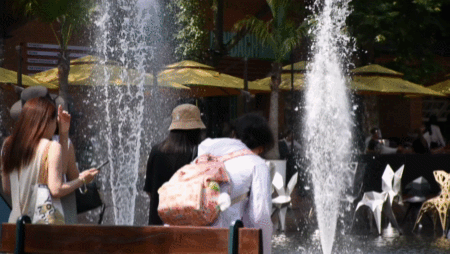
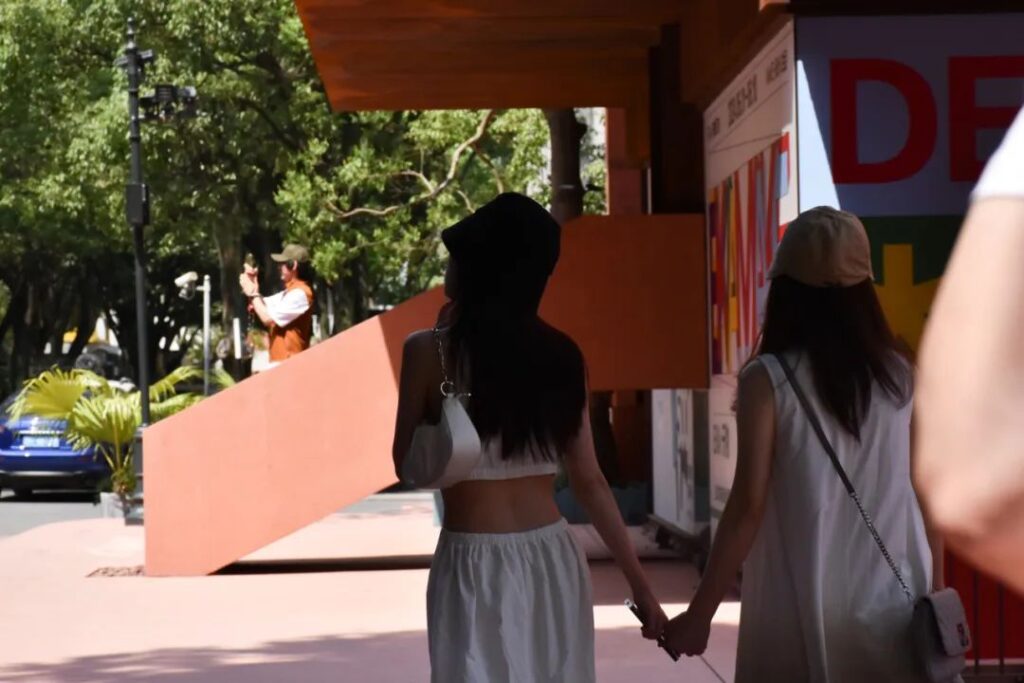
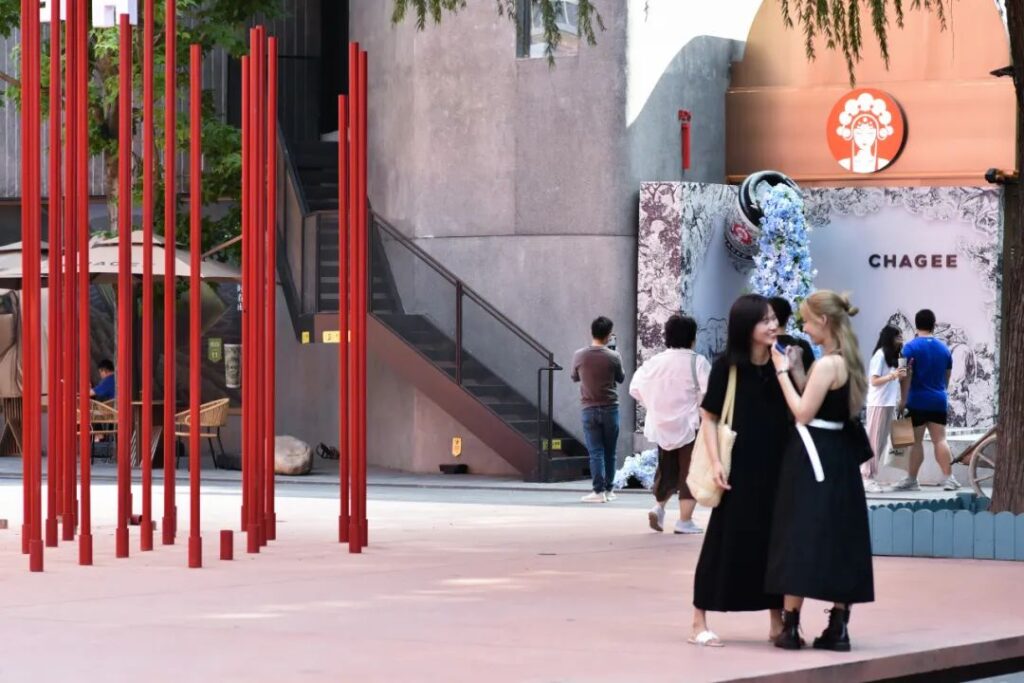
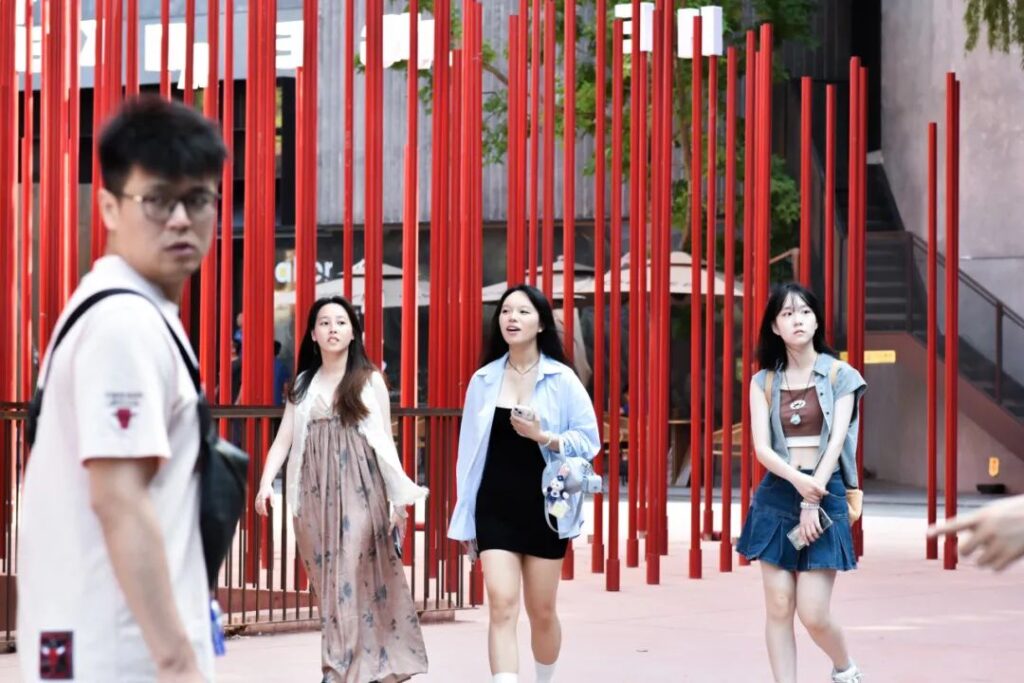
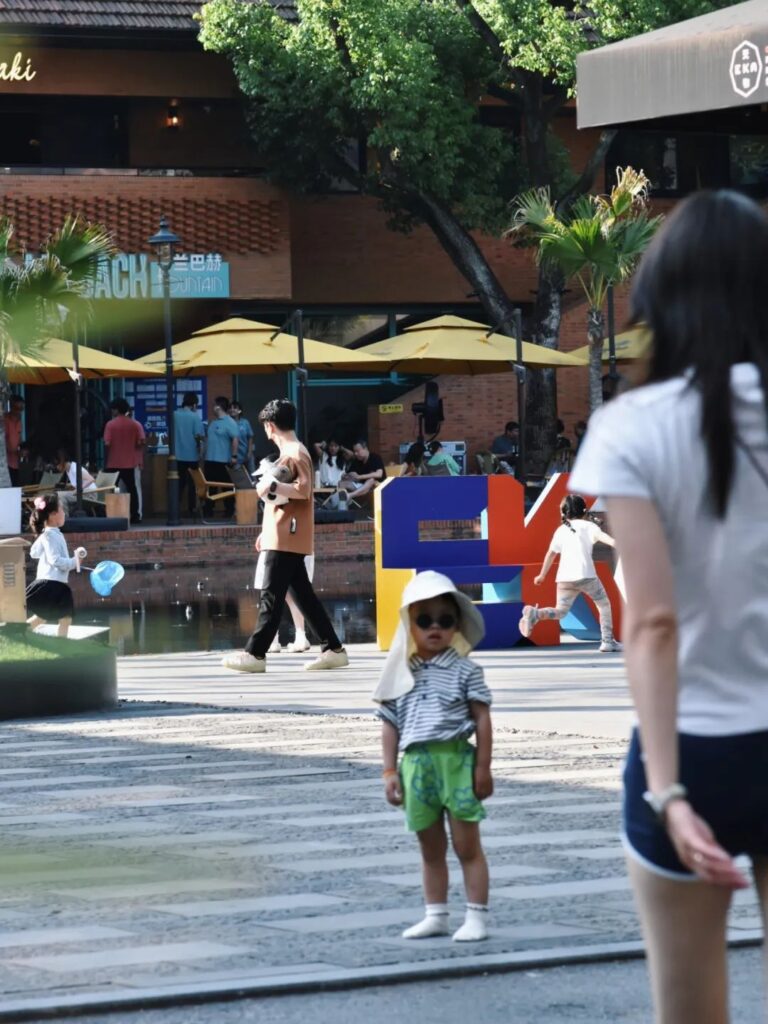
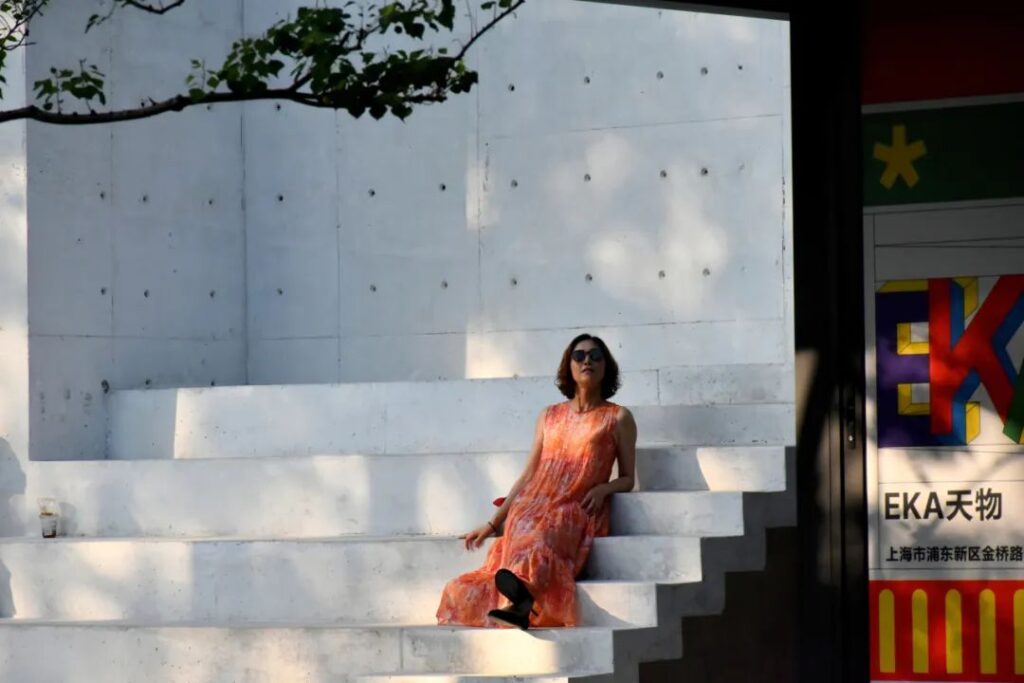
These individuals breathe life into what would otherwise be cold structures, narrating the beauty of passing time.
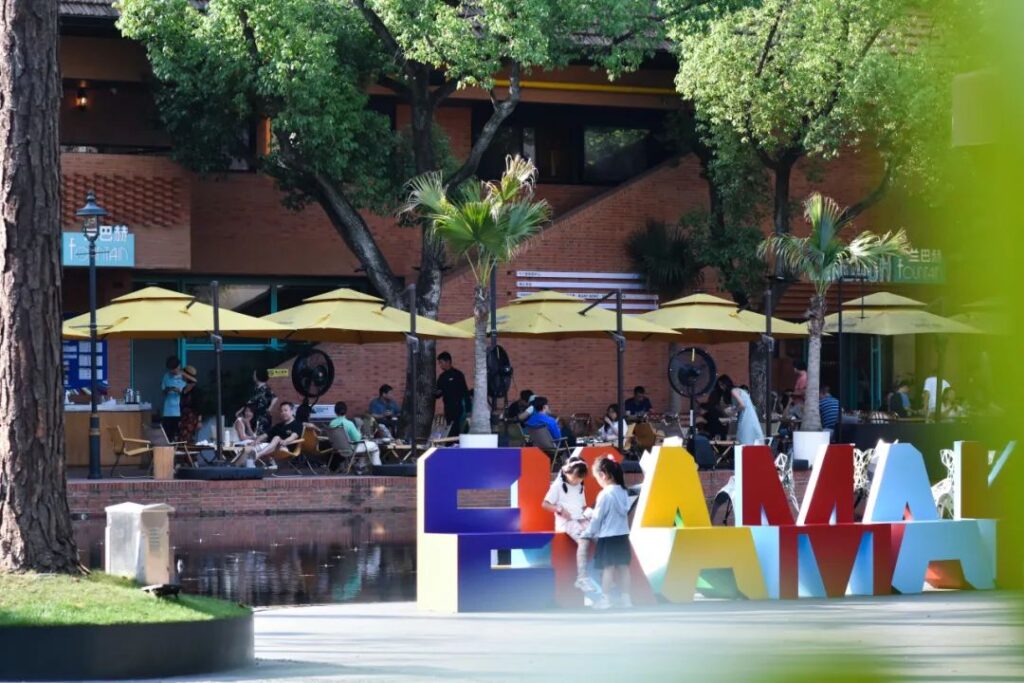
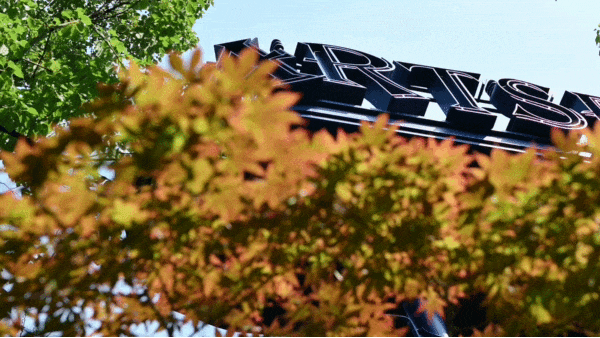
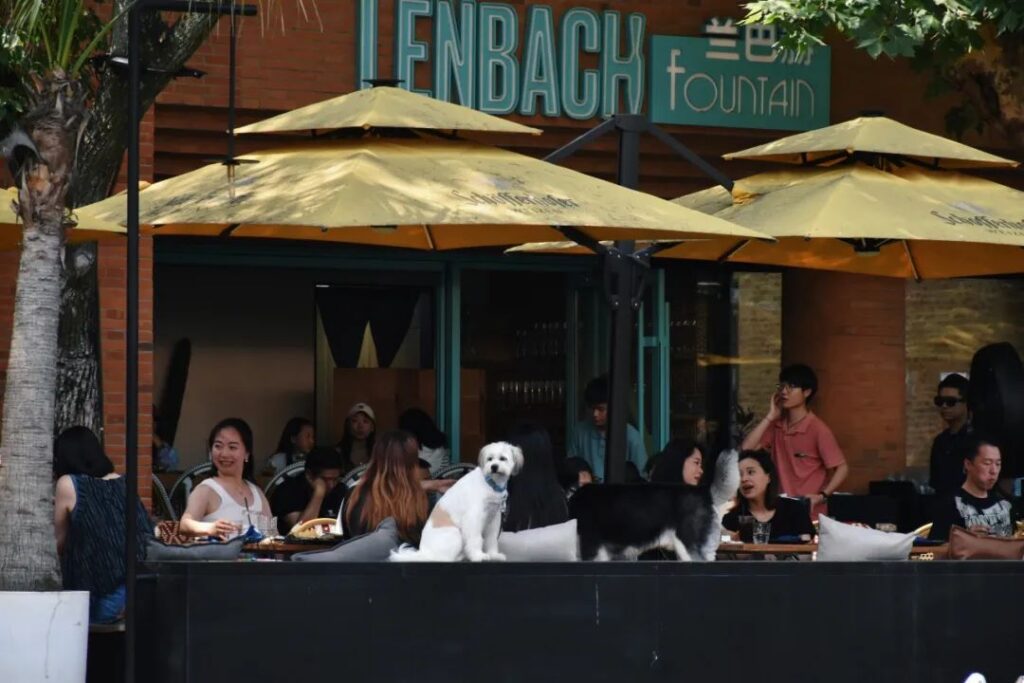


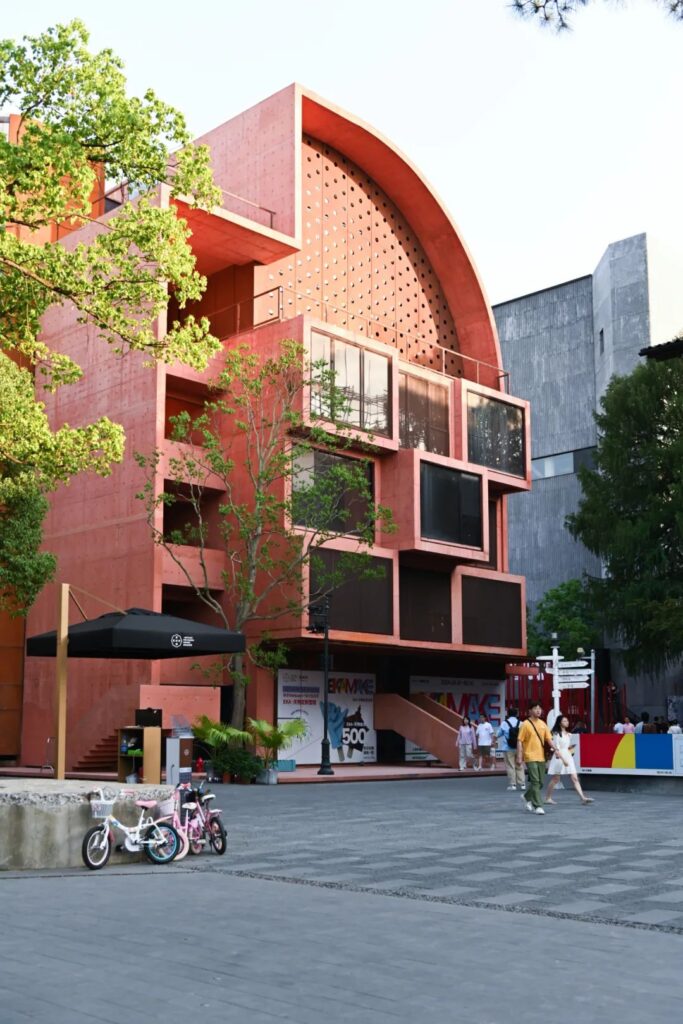

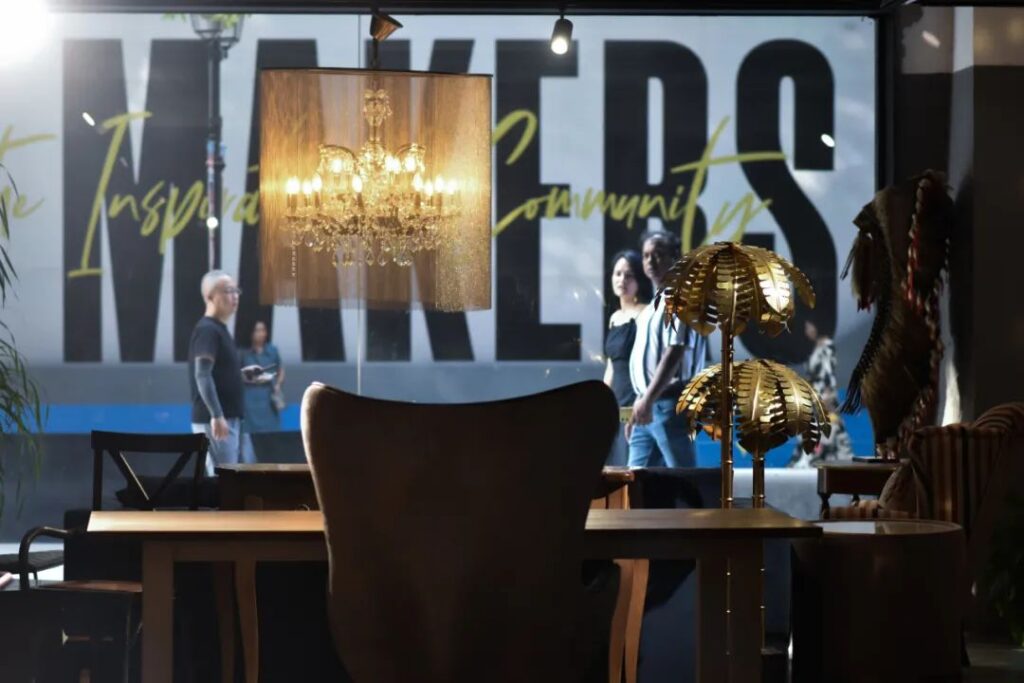
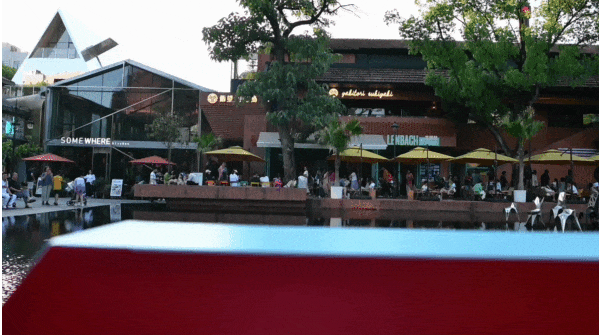
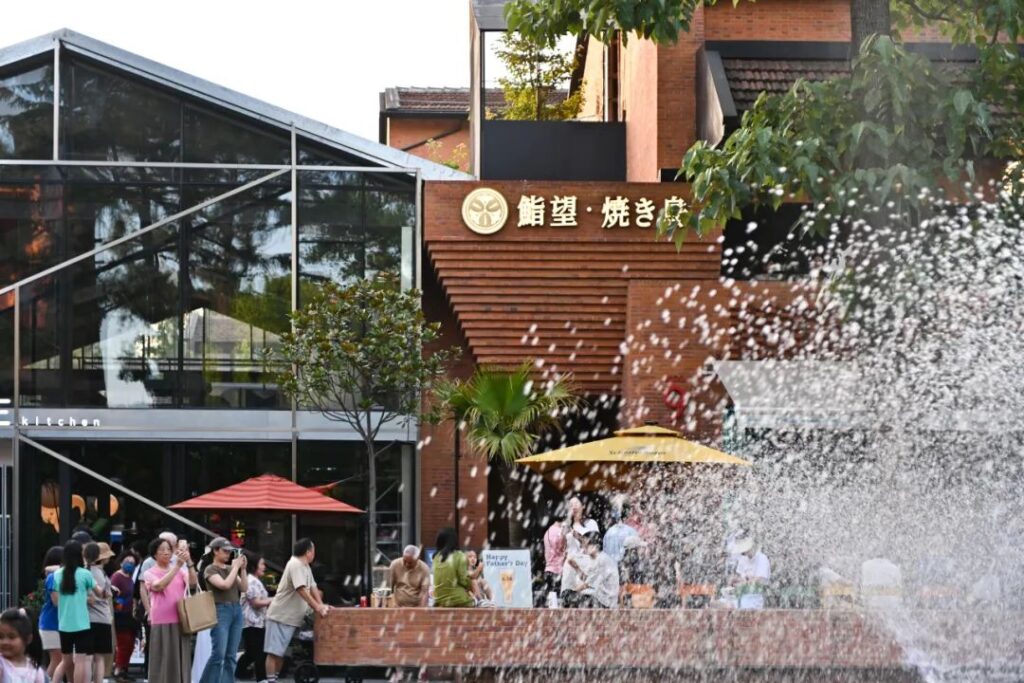
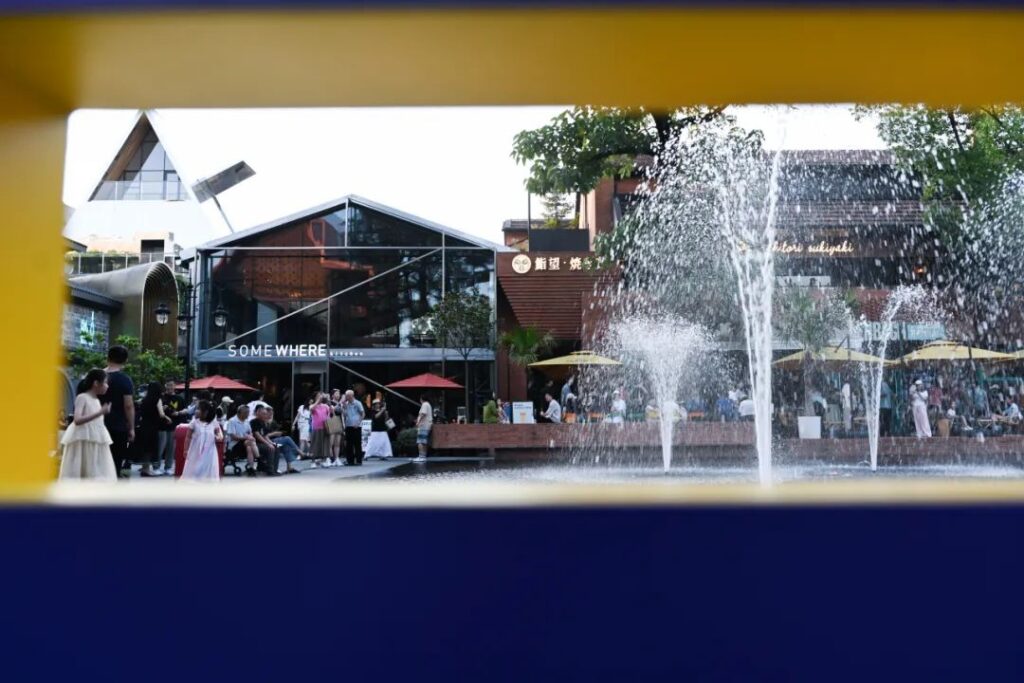
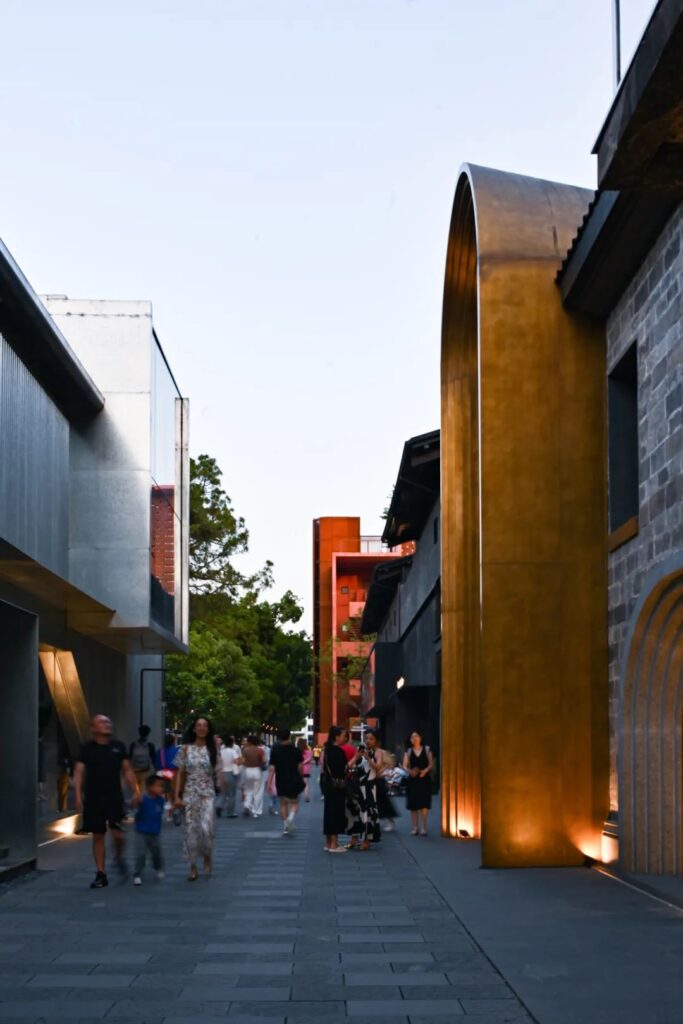
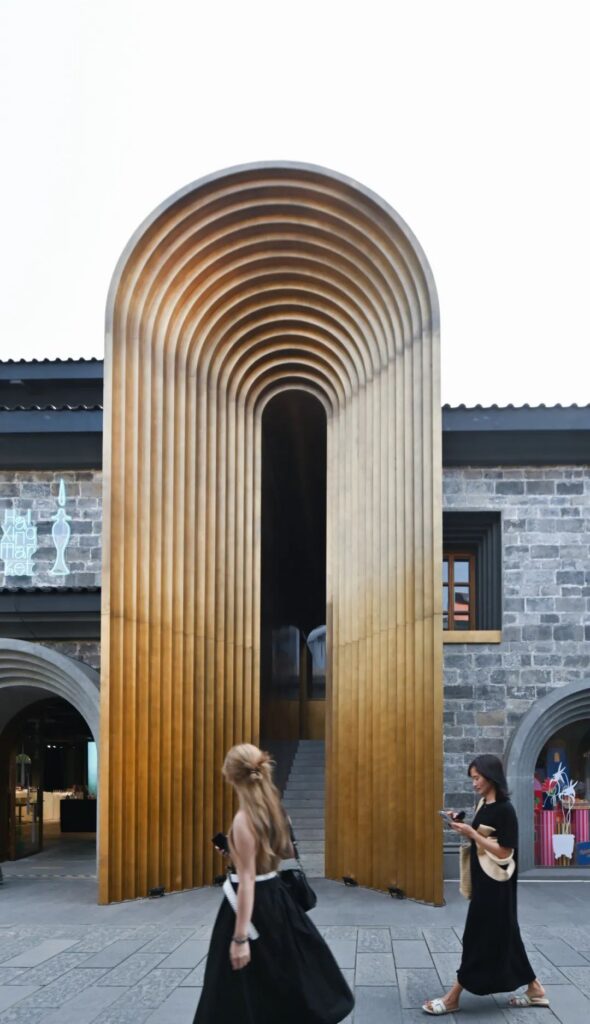
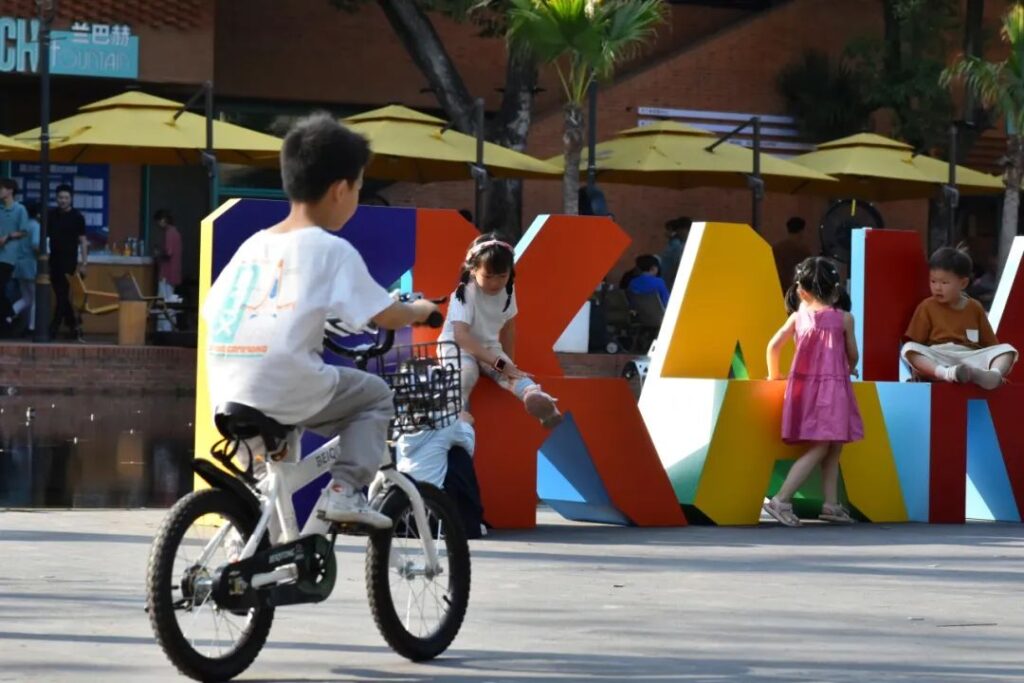

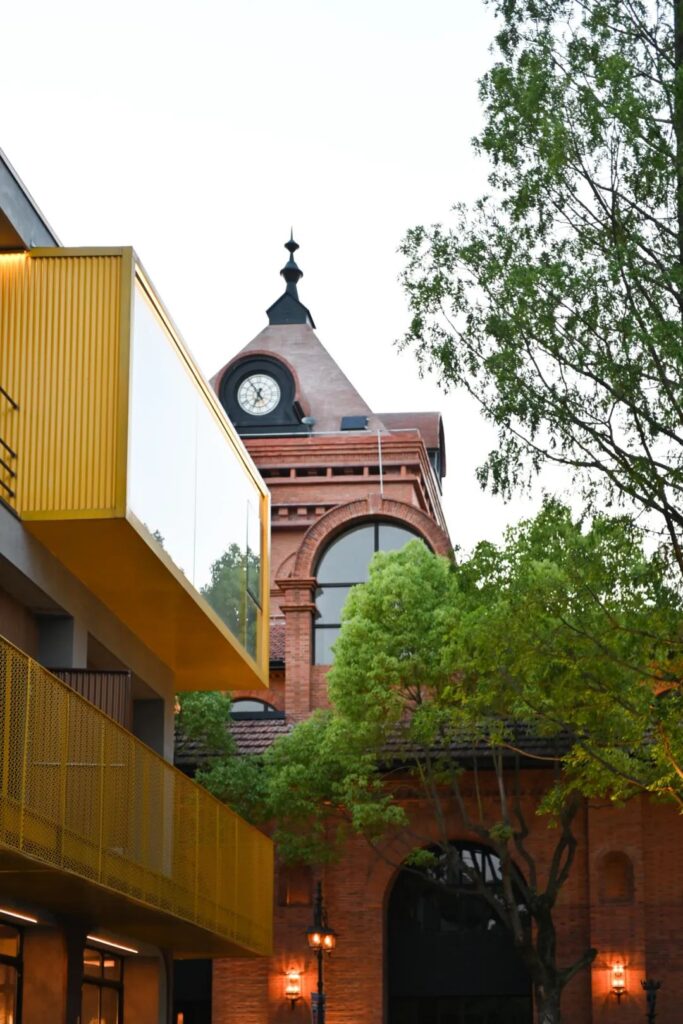

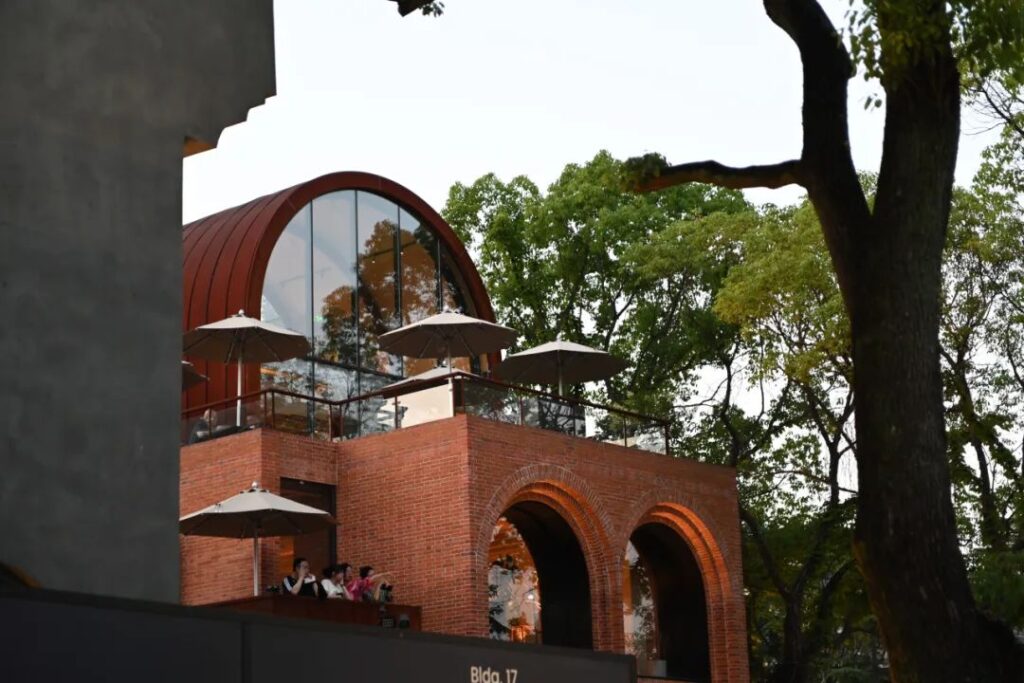
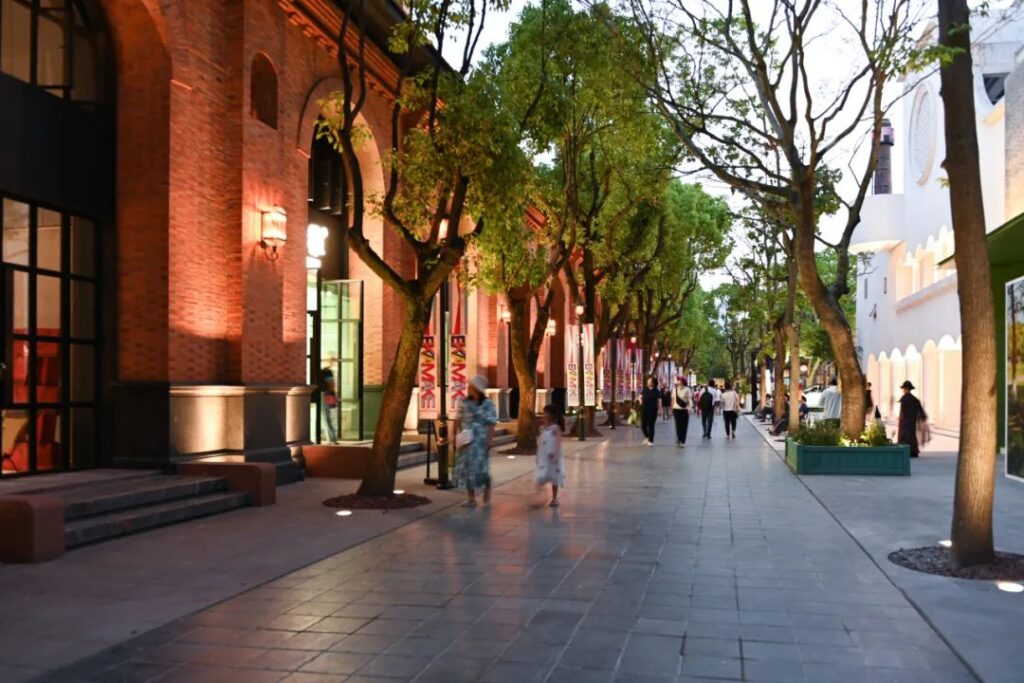
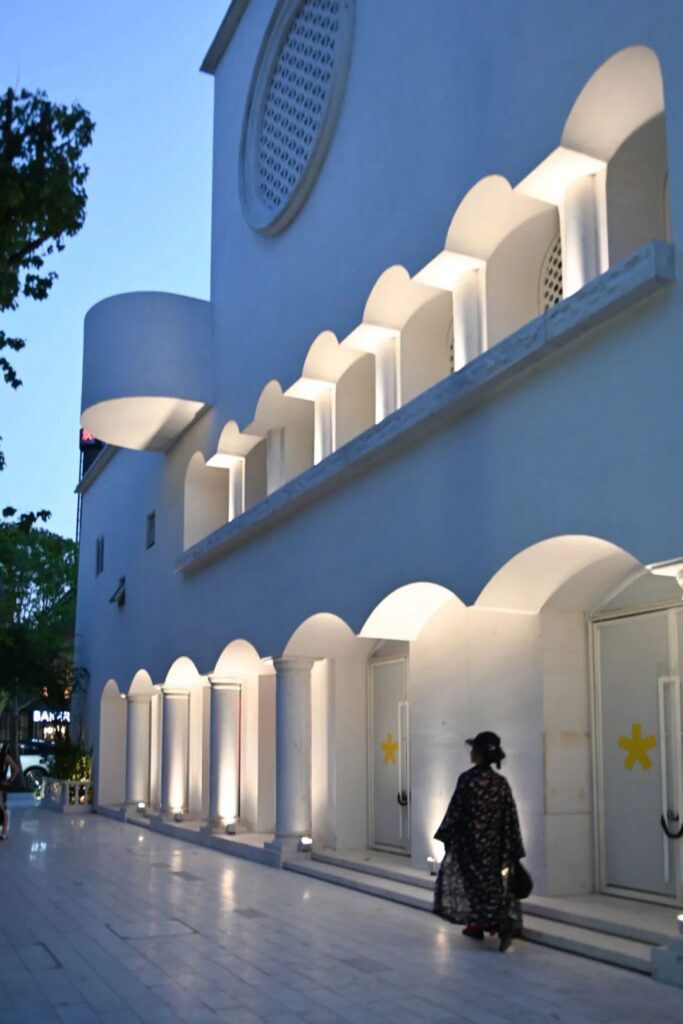
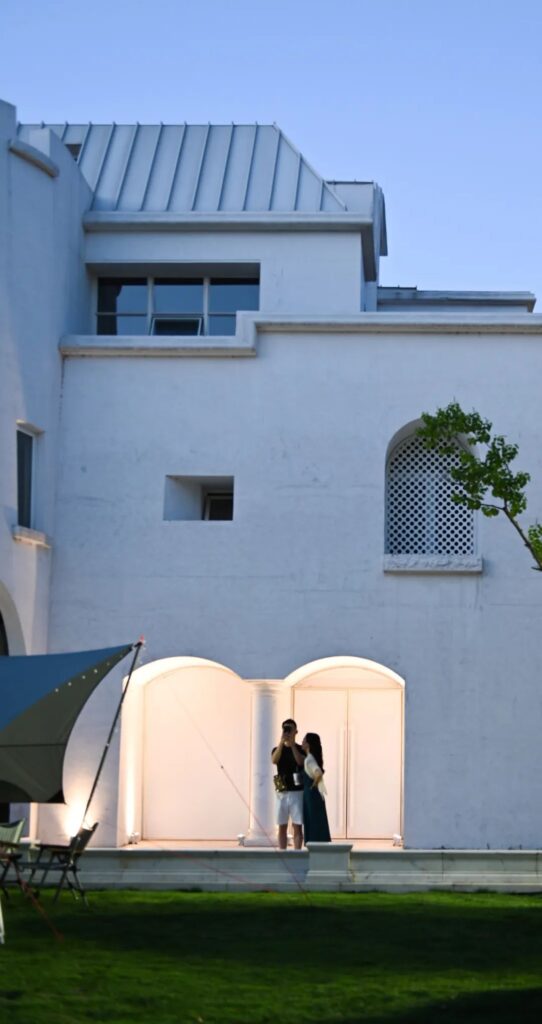
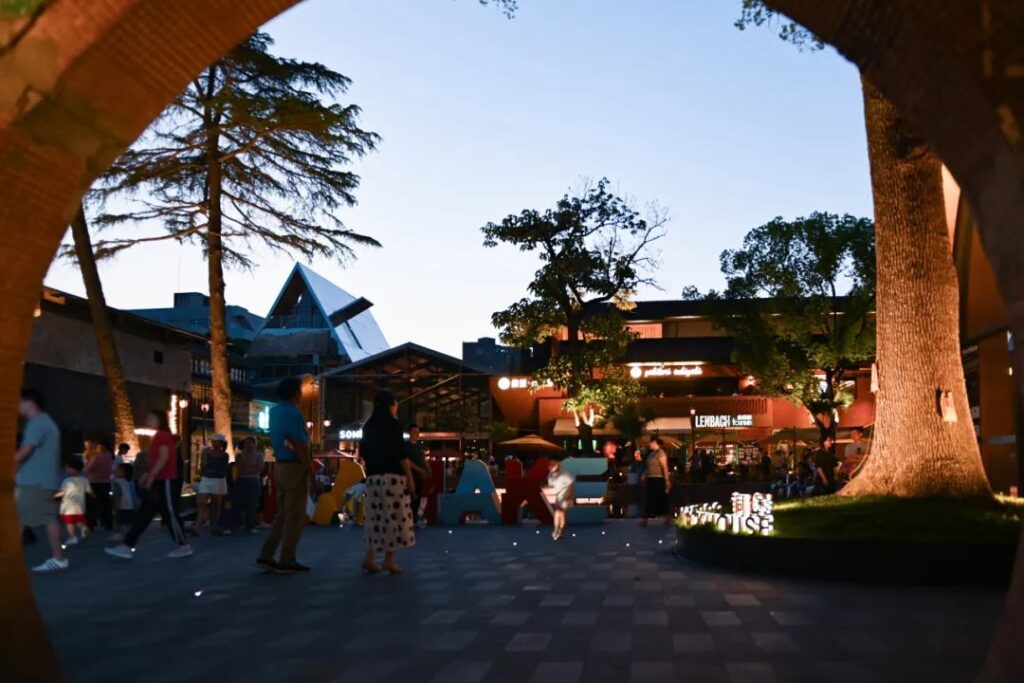
Looking through the moon gate towards the water stage.
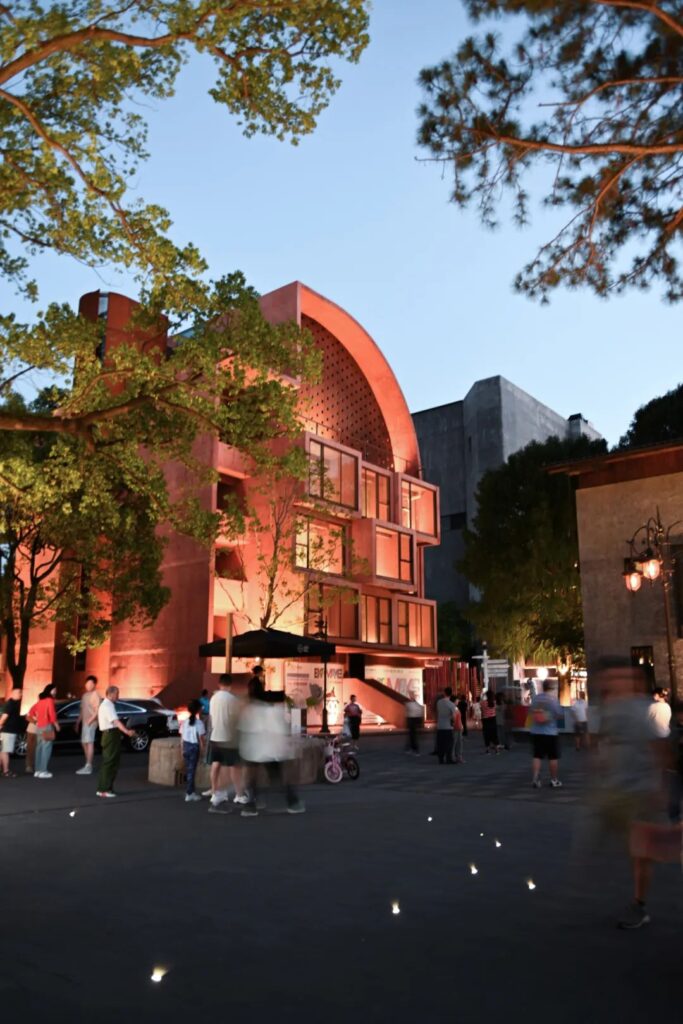

The blue hues of early evening offer a rare and precious moment. The reflections on the water, the lighting, the flow of people, and the architecture intertwine to create a modern, metropolitan ink painting.

The giant bag outside the LV store attracts passersby to enter.
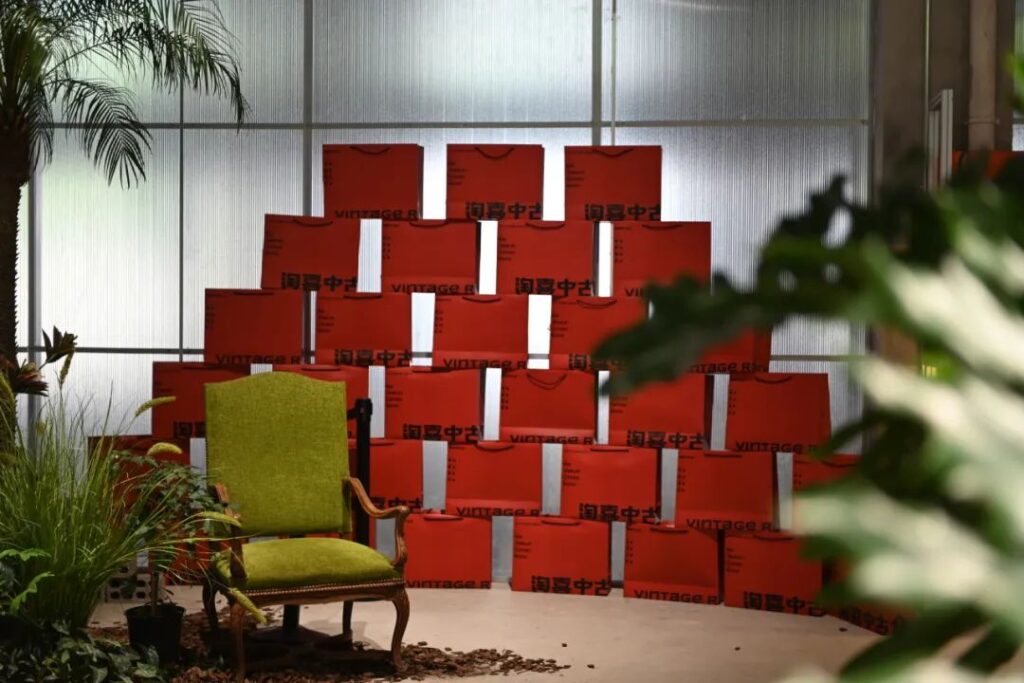

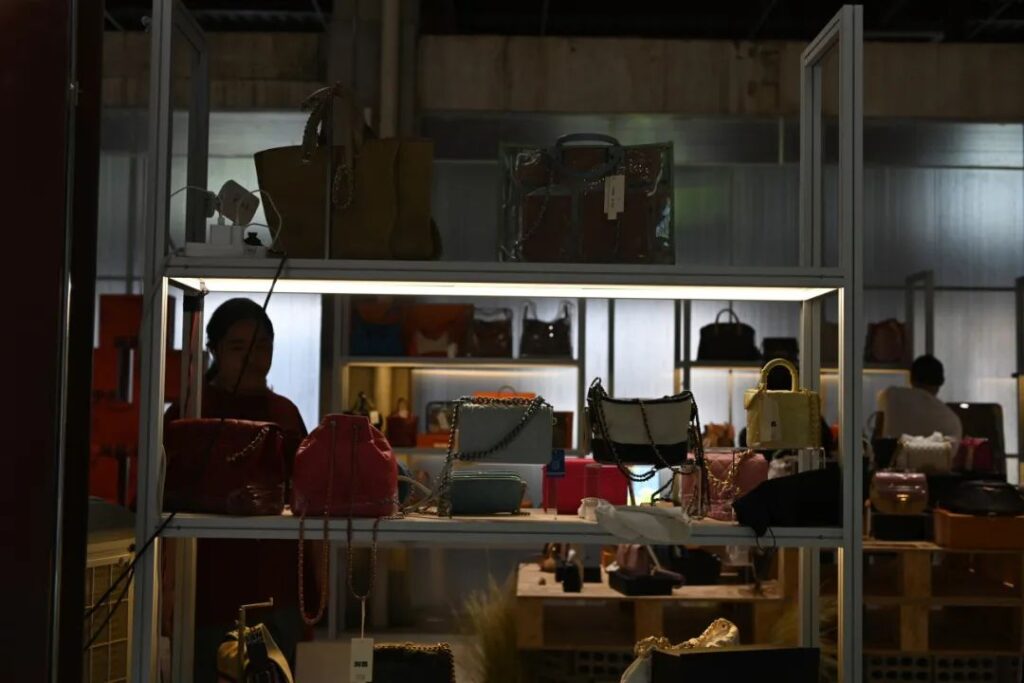
I particularly enjoy this subdued lighting atmosphere. There’s no need for bright lights, as each bag is valuable enough to have its own aura. This creates an understated elegance that doesn’t overwhelm visitors, allowing them to relax unconsciously.
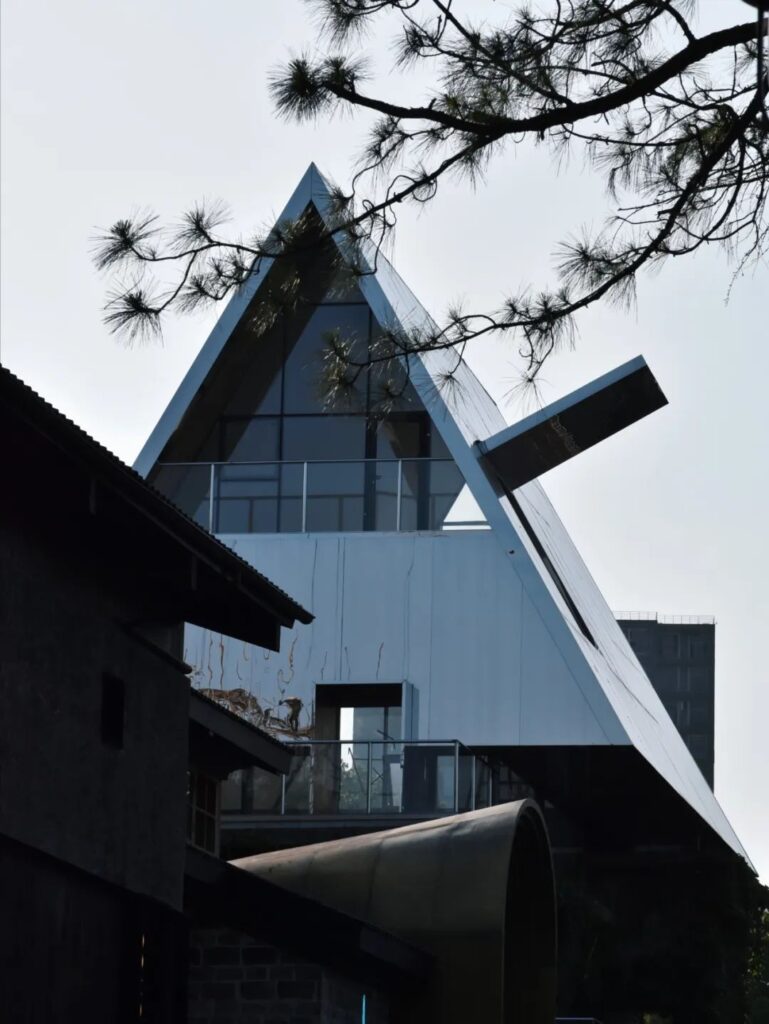
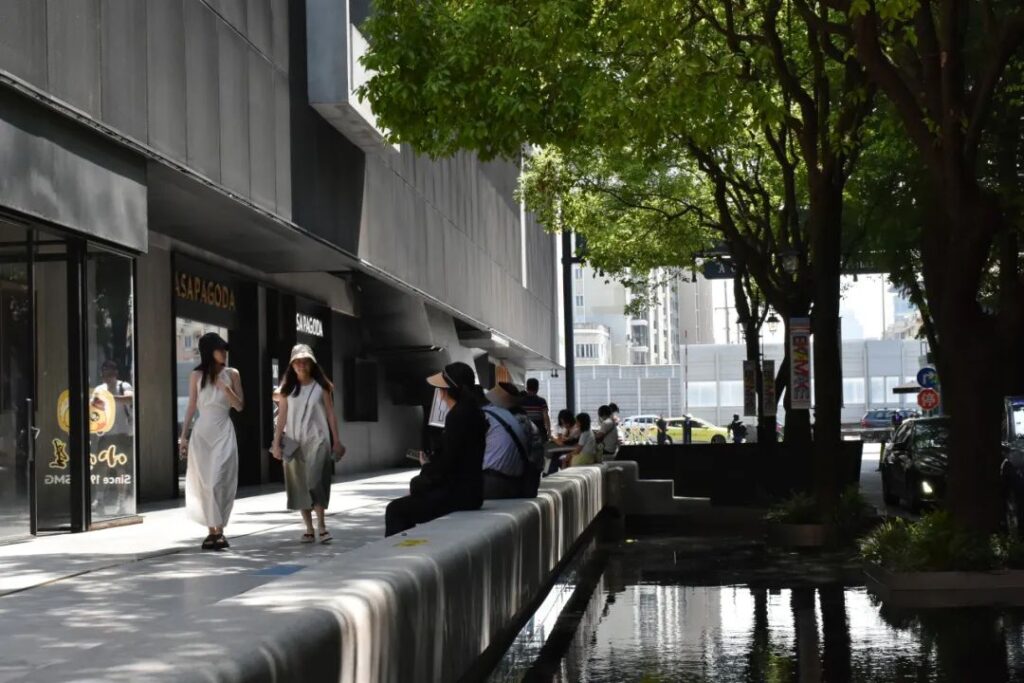
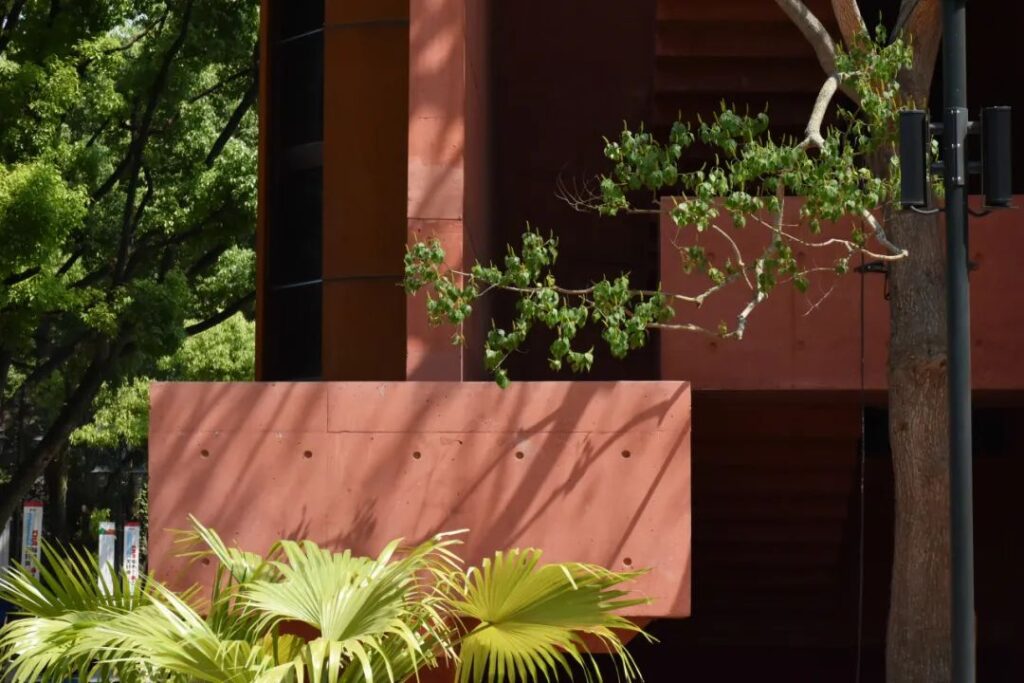

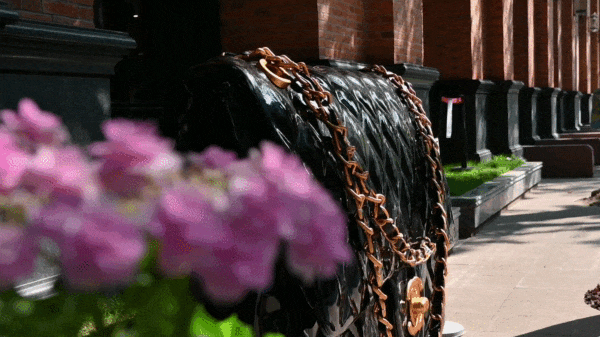
Initially drawn by the unique architecture of EKA·Tianwu – what’s often referred to online as a “check-in spot” – I found myself wandering the grounds no less than five times from noon to evening, basking in the perfect sunlight and capturing those moving moments. Many might not understand the joy of such documentation, much like how some can’t comprehend the thrill of mountain climbing, car racing, or bungee jumping.
In reality, buildings themselves are cold. It’s the sedimentation of history, the changes in light and shadow, and the flow of visitors that bring soul to the space, making the act of recording meaningful. Here, you can find Chinese courtyard-style buildings, old Shanghai shikumen architecture, Nordic-style structures, Middle Eastern-inspired designs, Greek Mediterranean-style buildings, and even Buddhist-like architecture. They’ve even incorporated shipping containers and a replica of London’s King’s Cross Station, making it worthy of being called an “open-air architectural museum.”
During the visit, one can deeply appreciate the designers’ thoughtfulness – the details etched on the ground, the connections between various buildings, the signage and text all contribute to a harmonious and design-rich overall experience. Modern commercial spaces are no longer simply enclosed areas relying on lavish decorations. Instead, they provide a showcase for a lifestyle aesthetic, where visitors can learn while exploring and viewing exhibitions, enhance themselves through “checking in” and sharing photos, and relax through conversations and fine dining – all while enjoying the beauty of both the tangible and the aspirational.
Location: 535 Jinqiao Road, Pudong New Area, Shanghai
